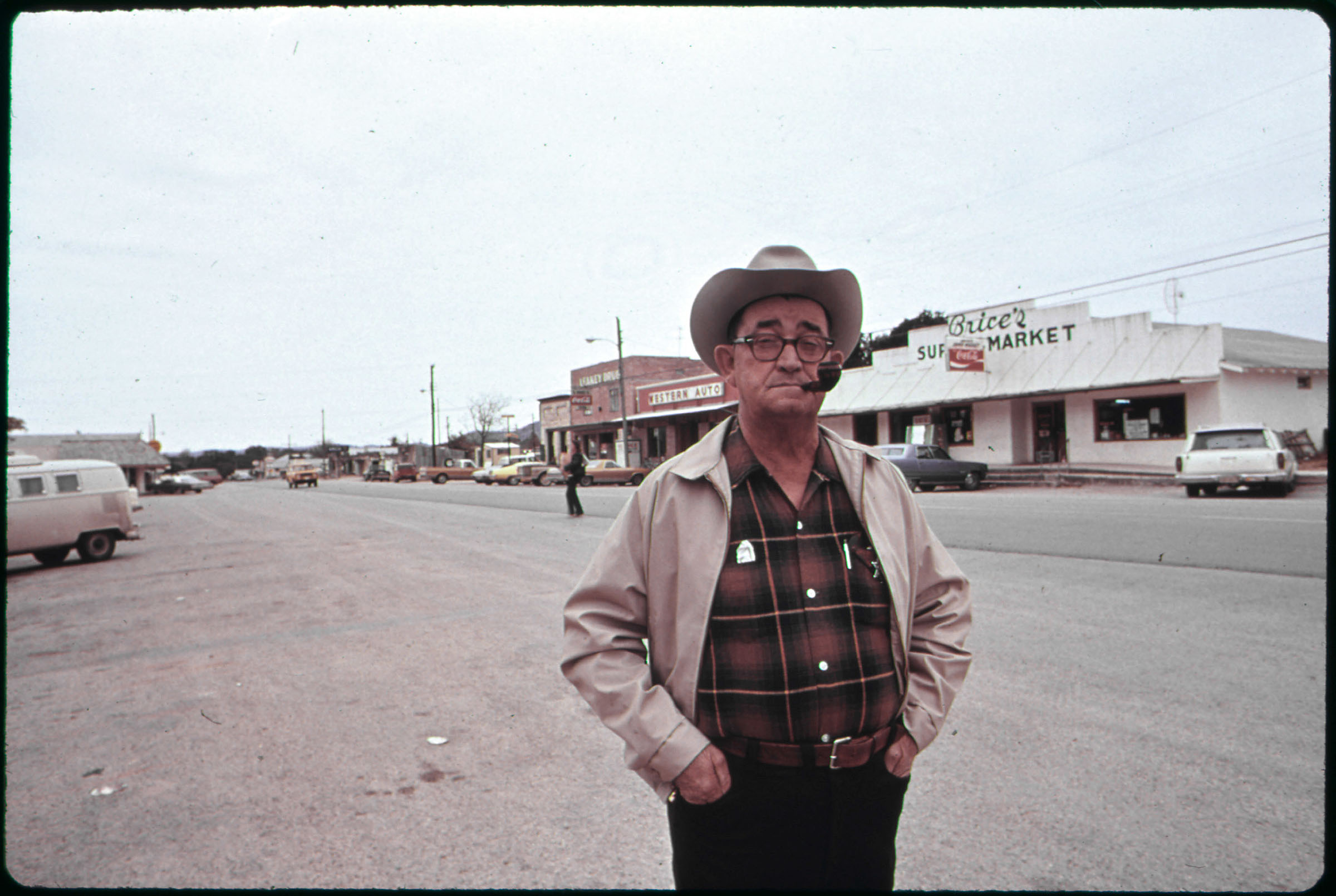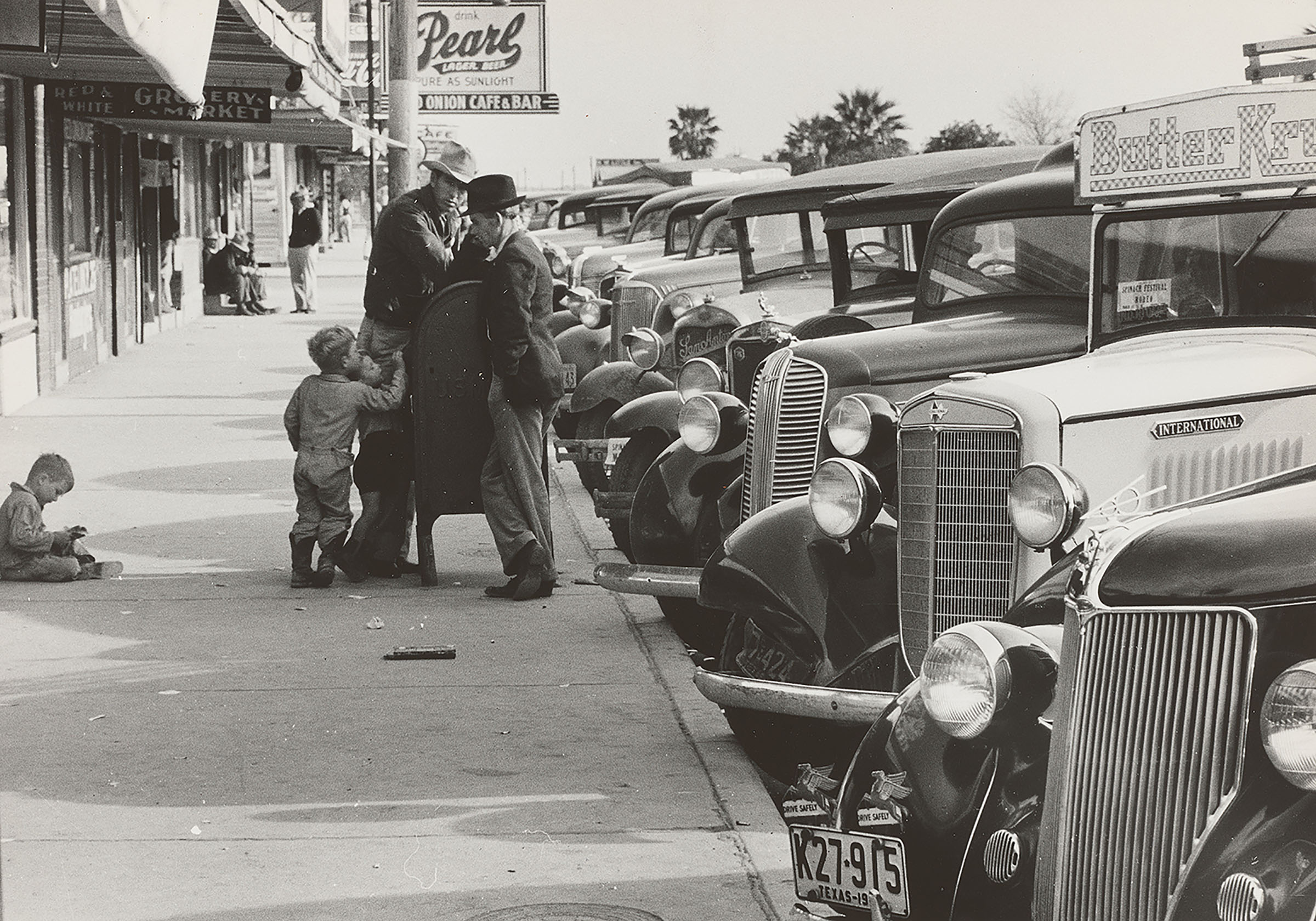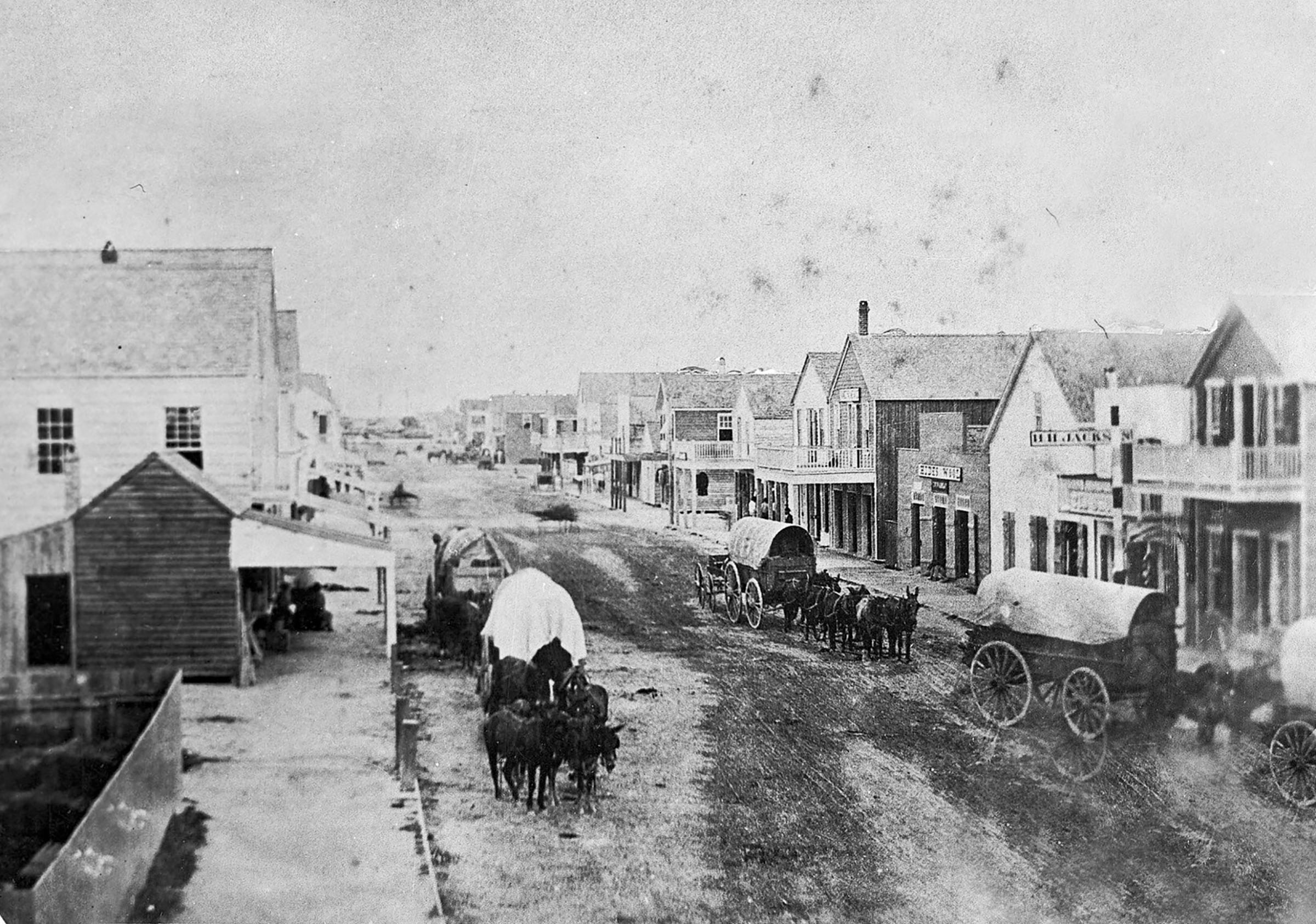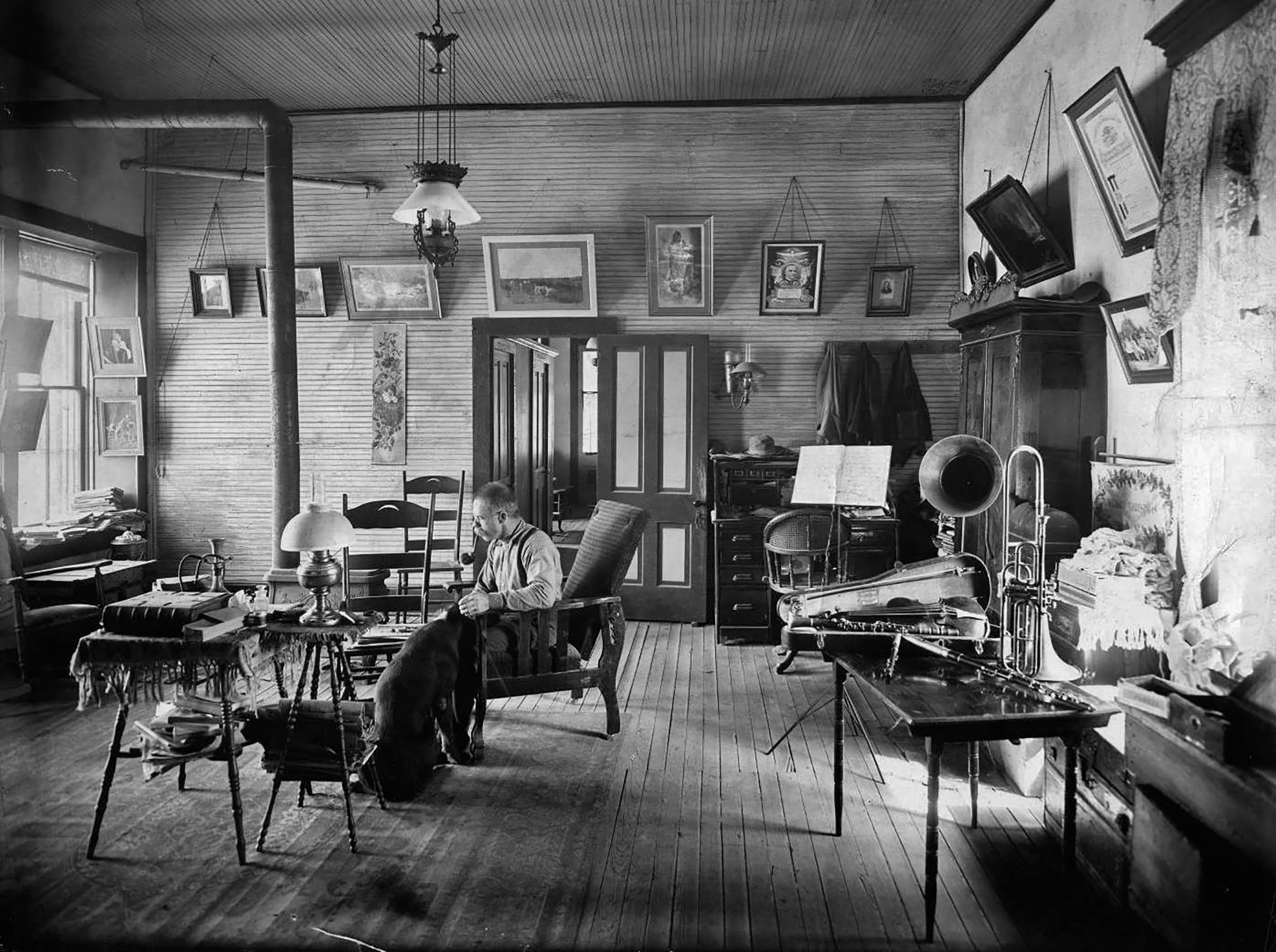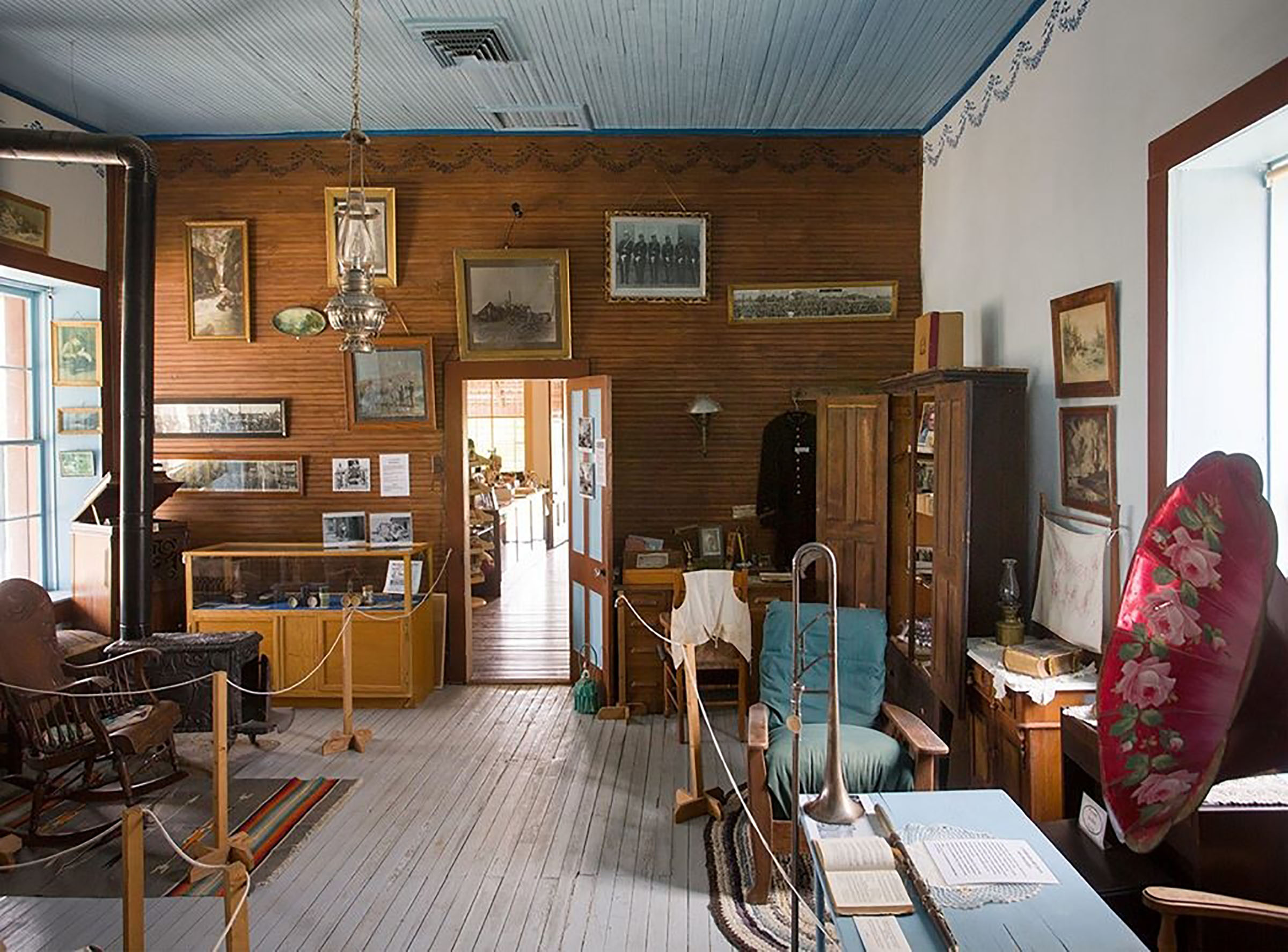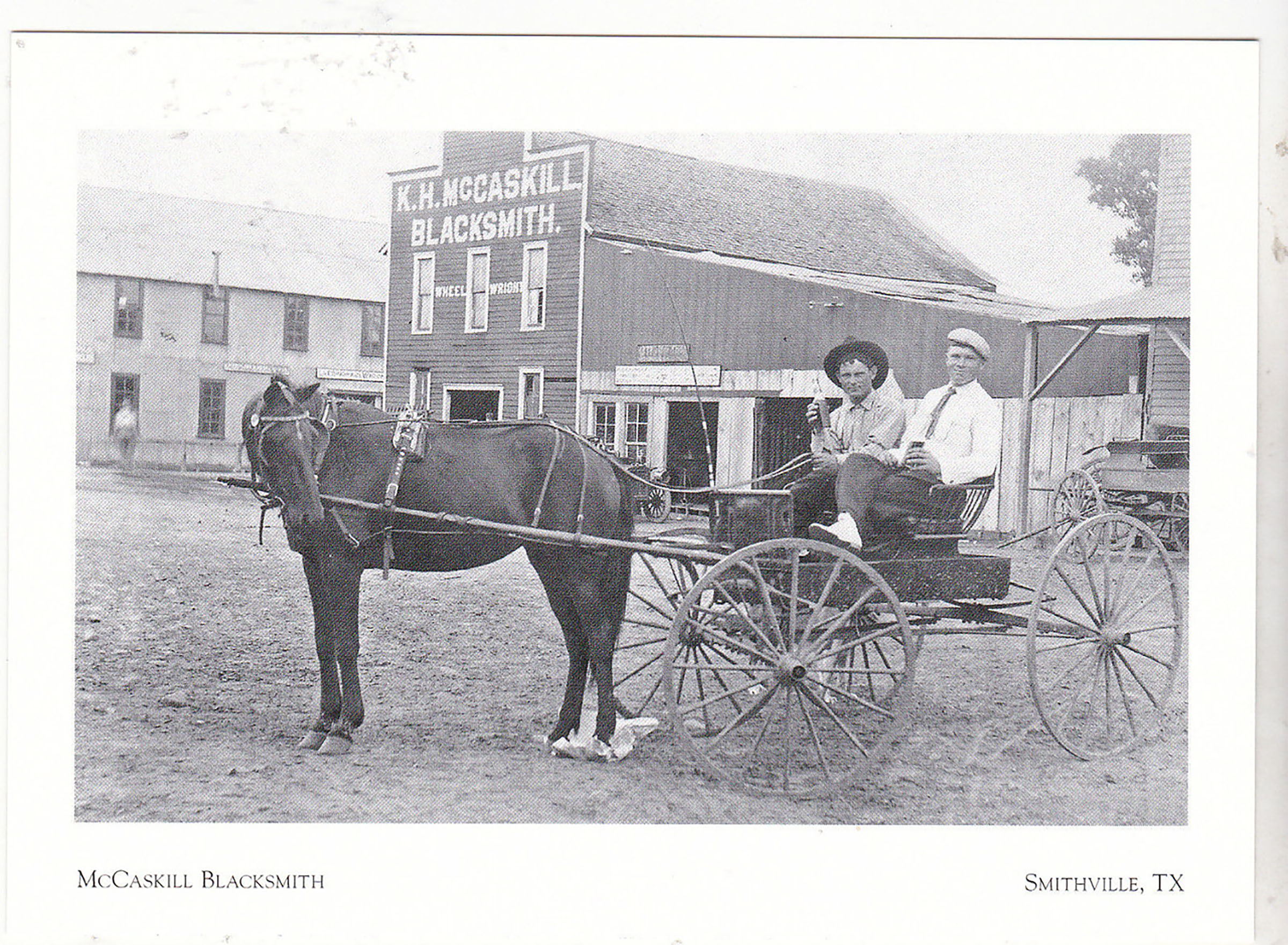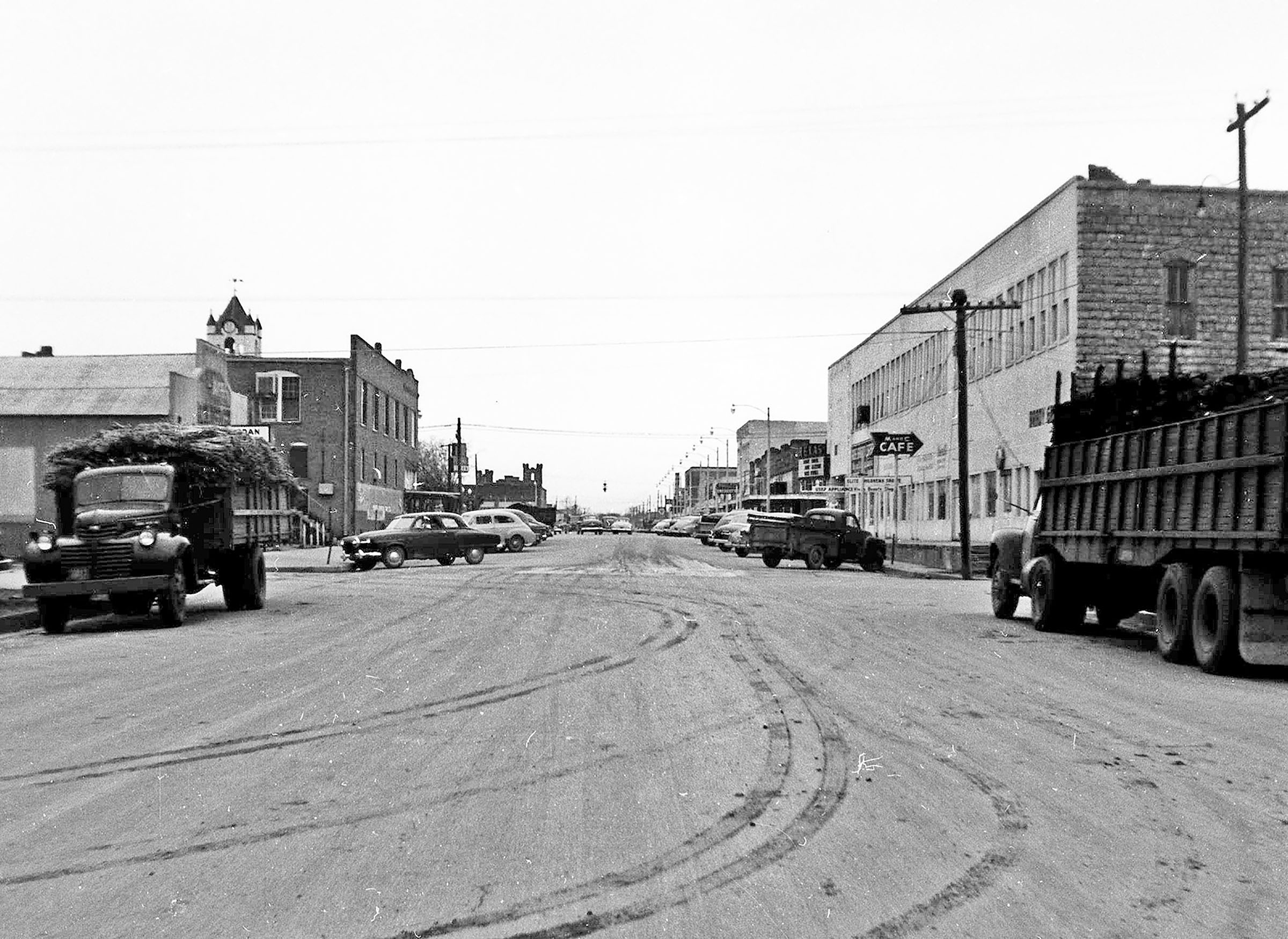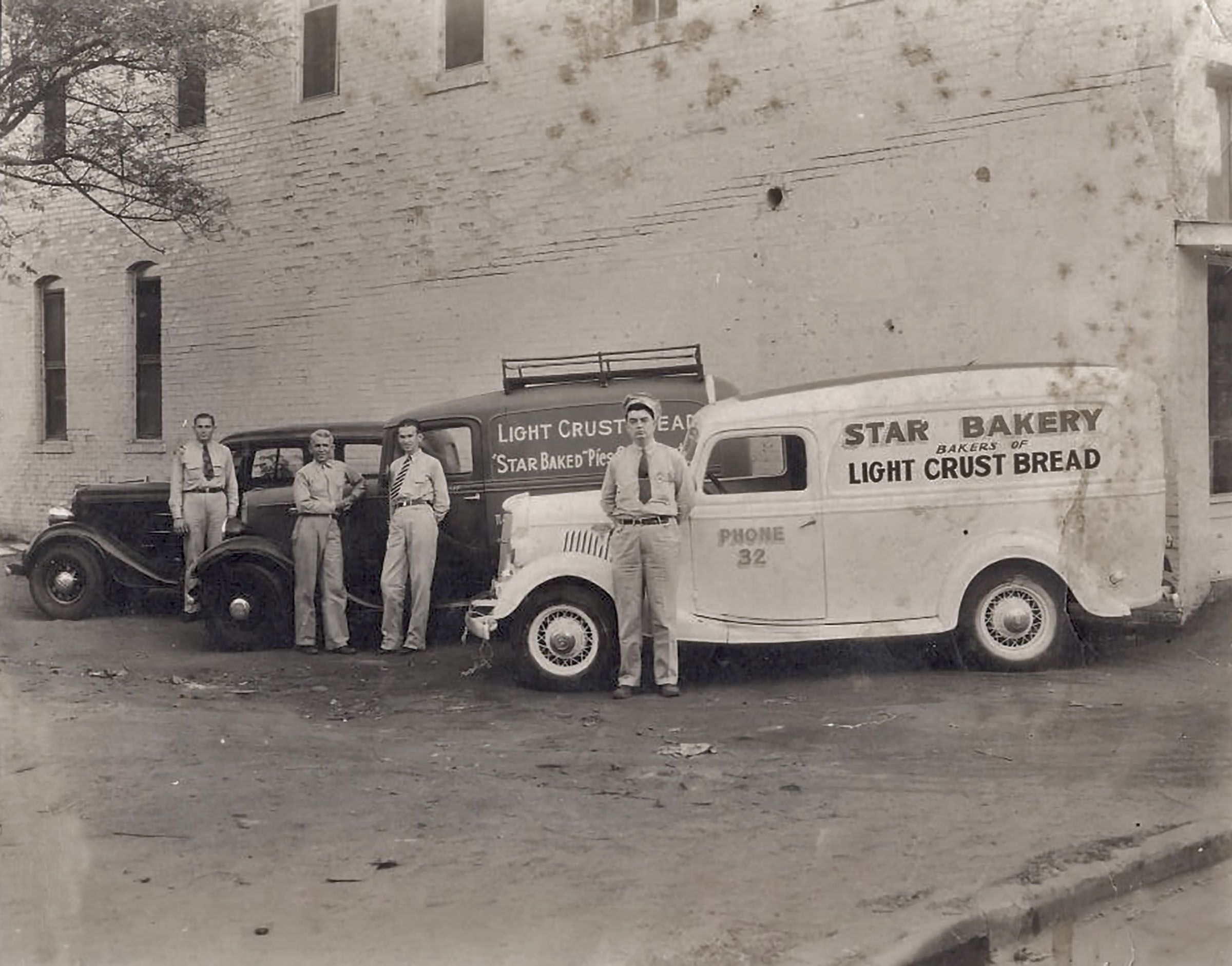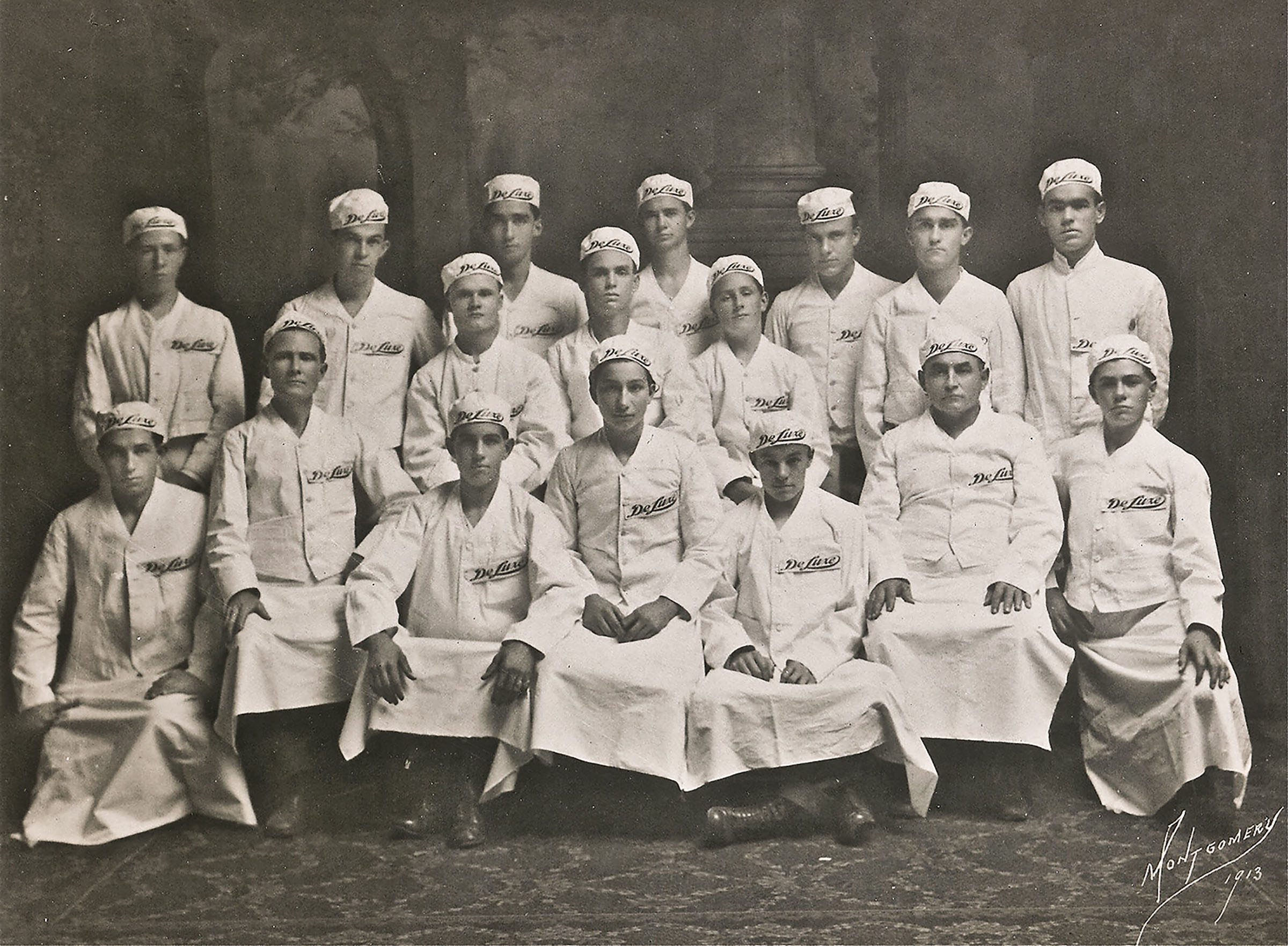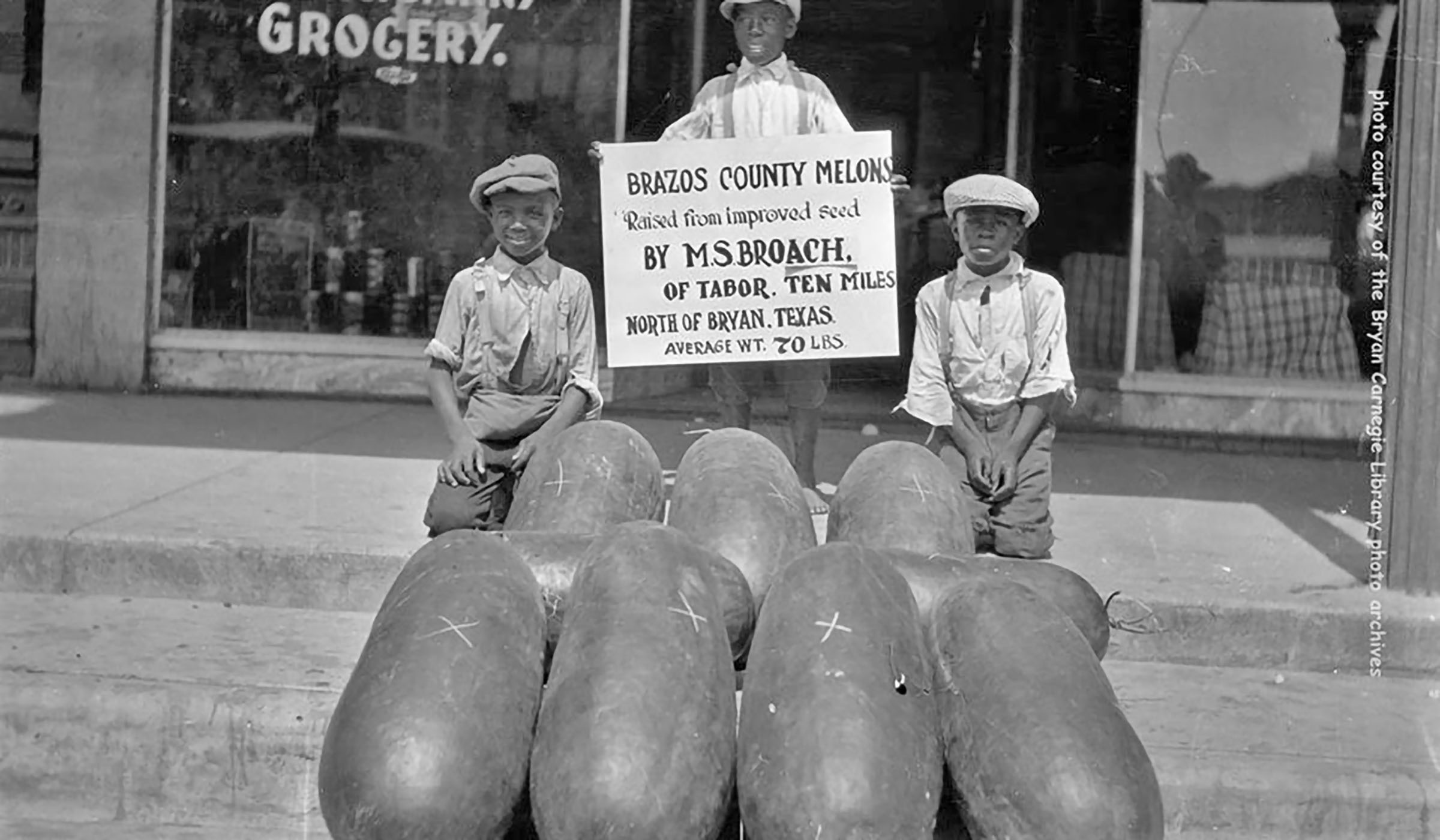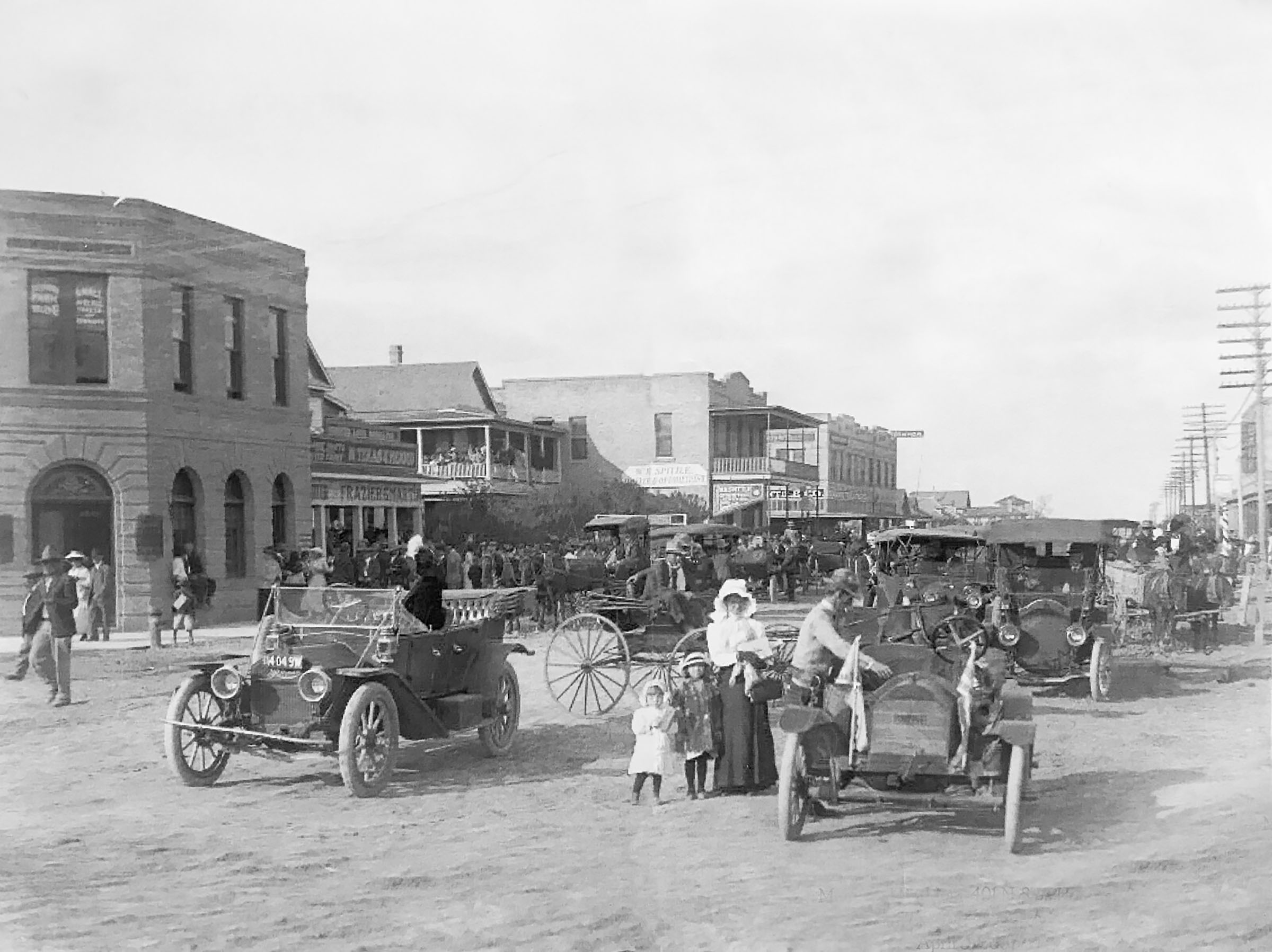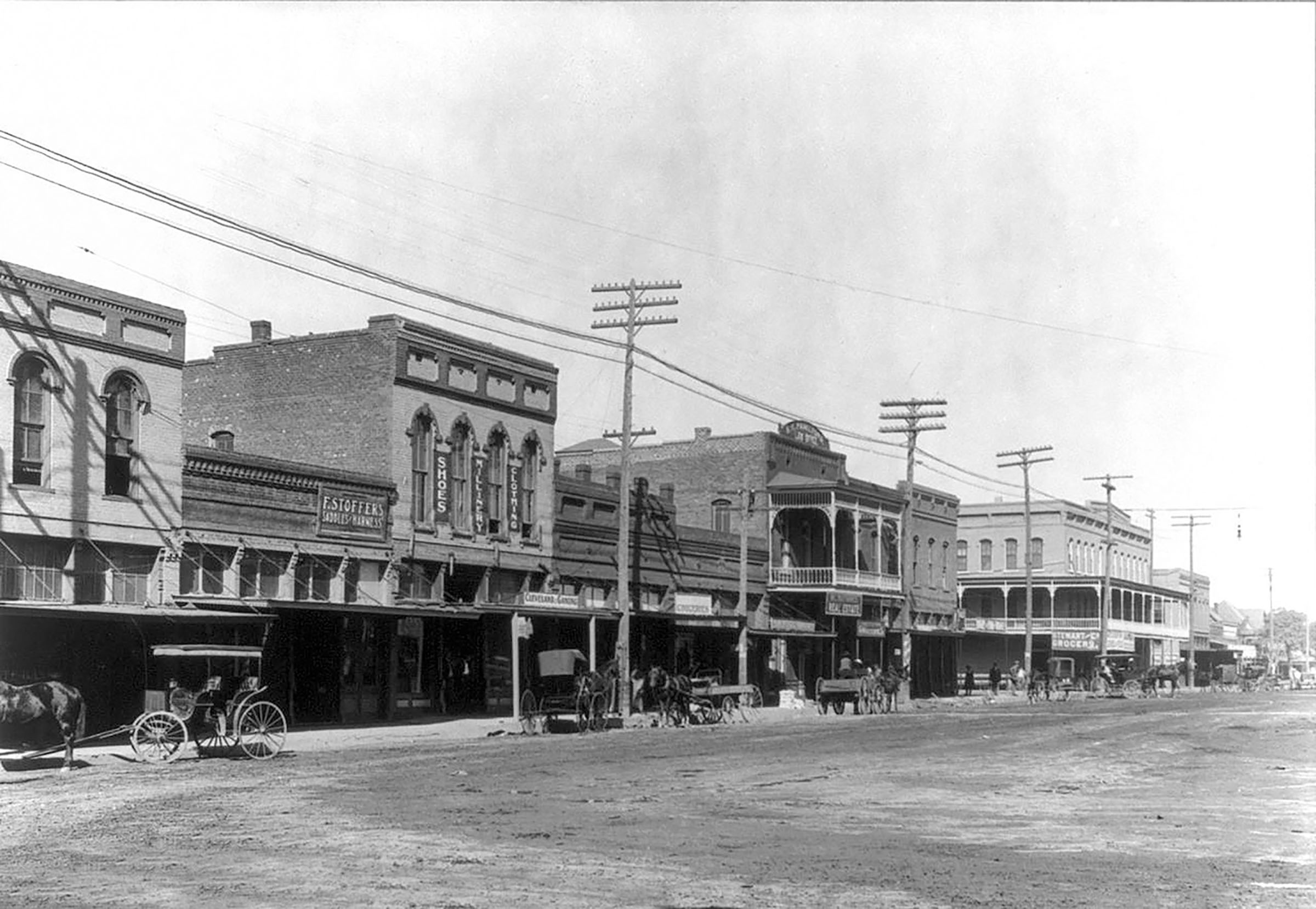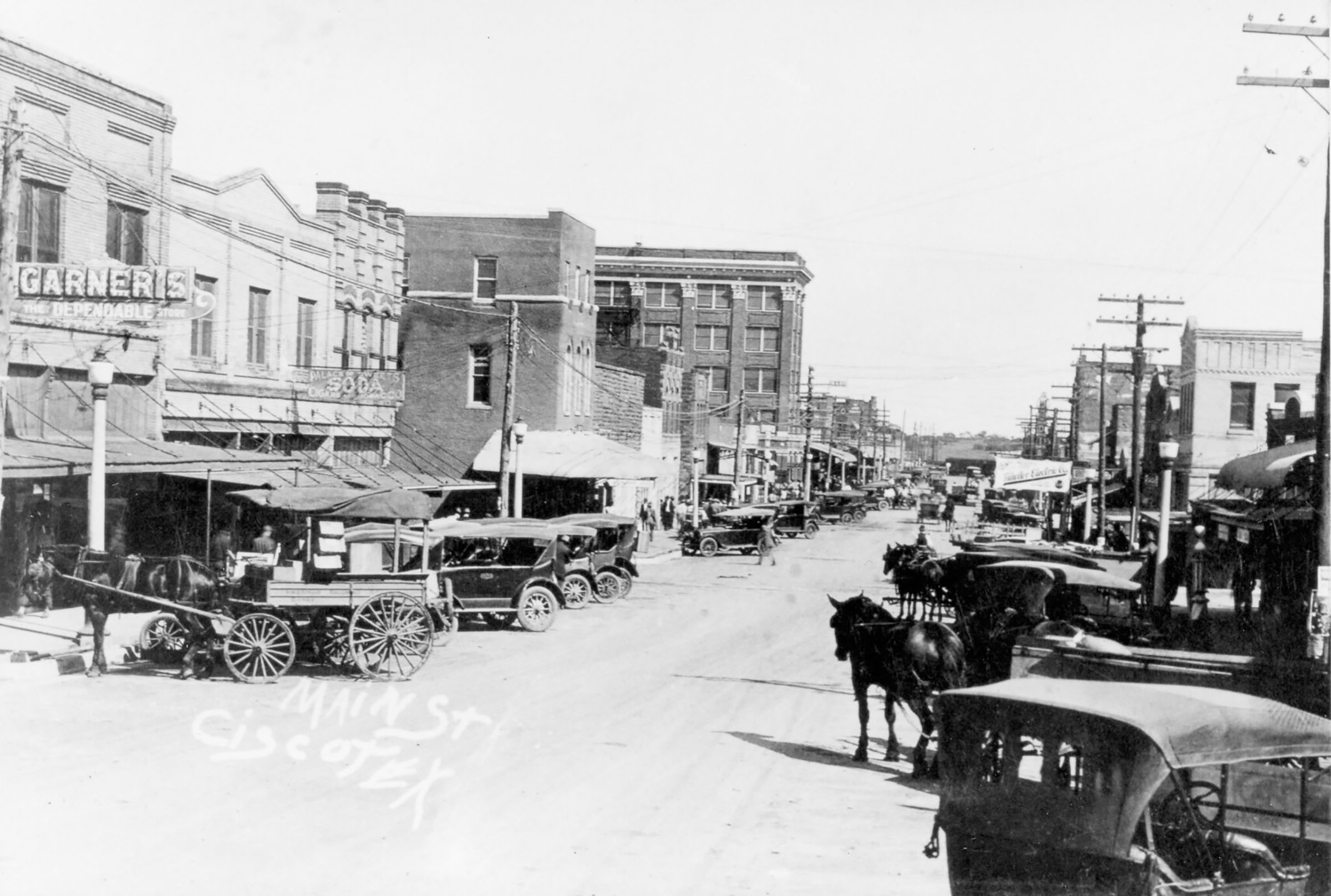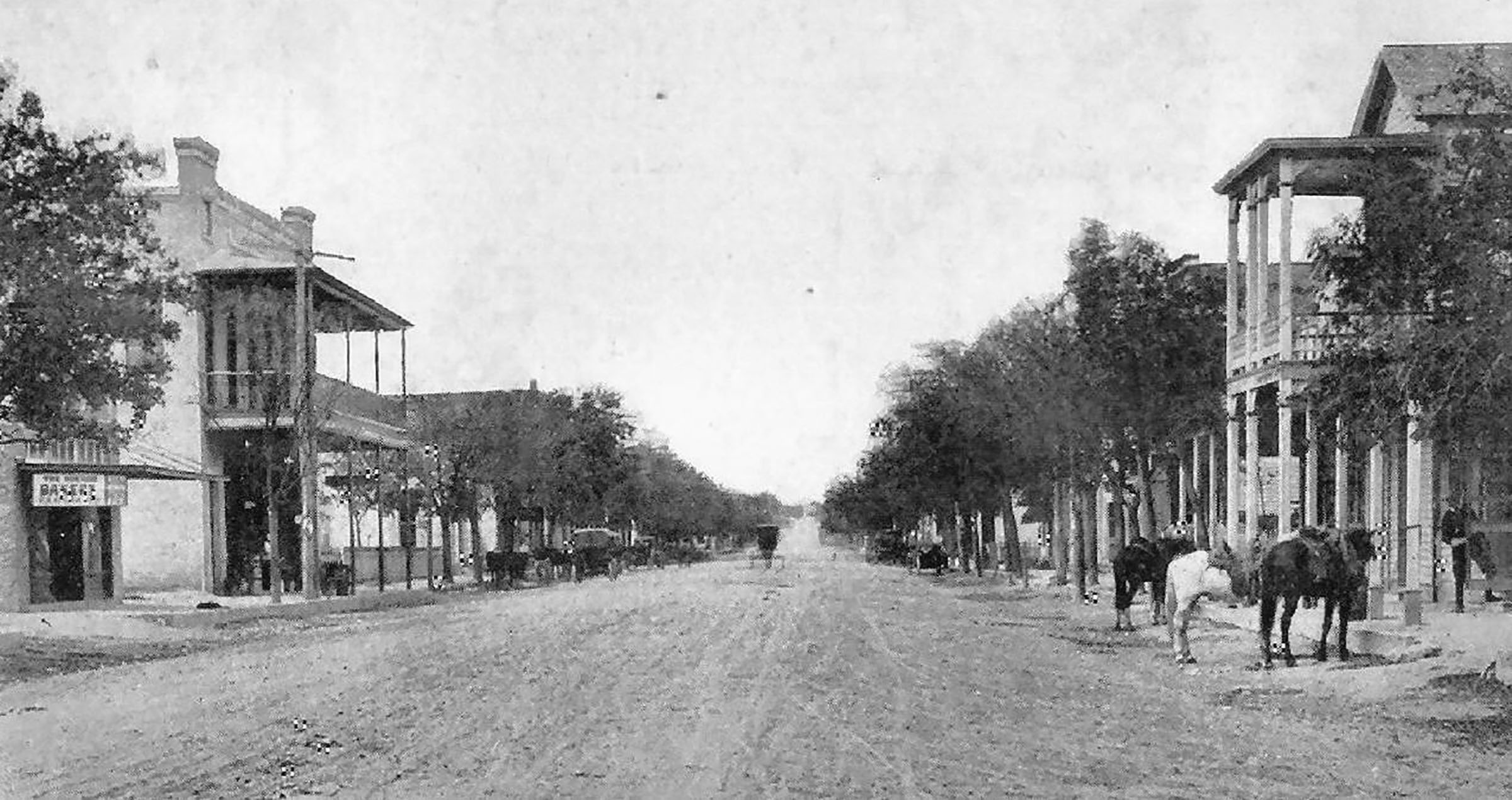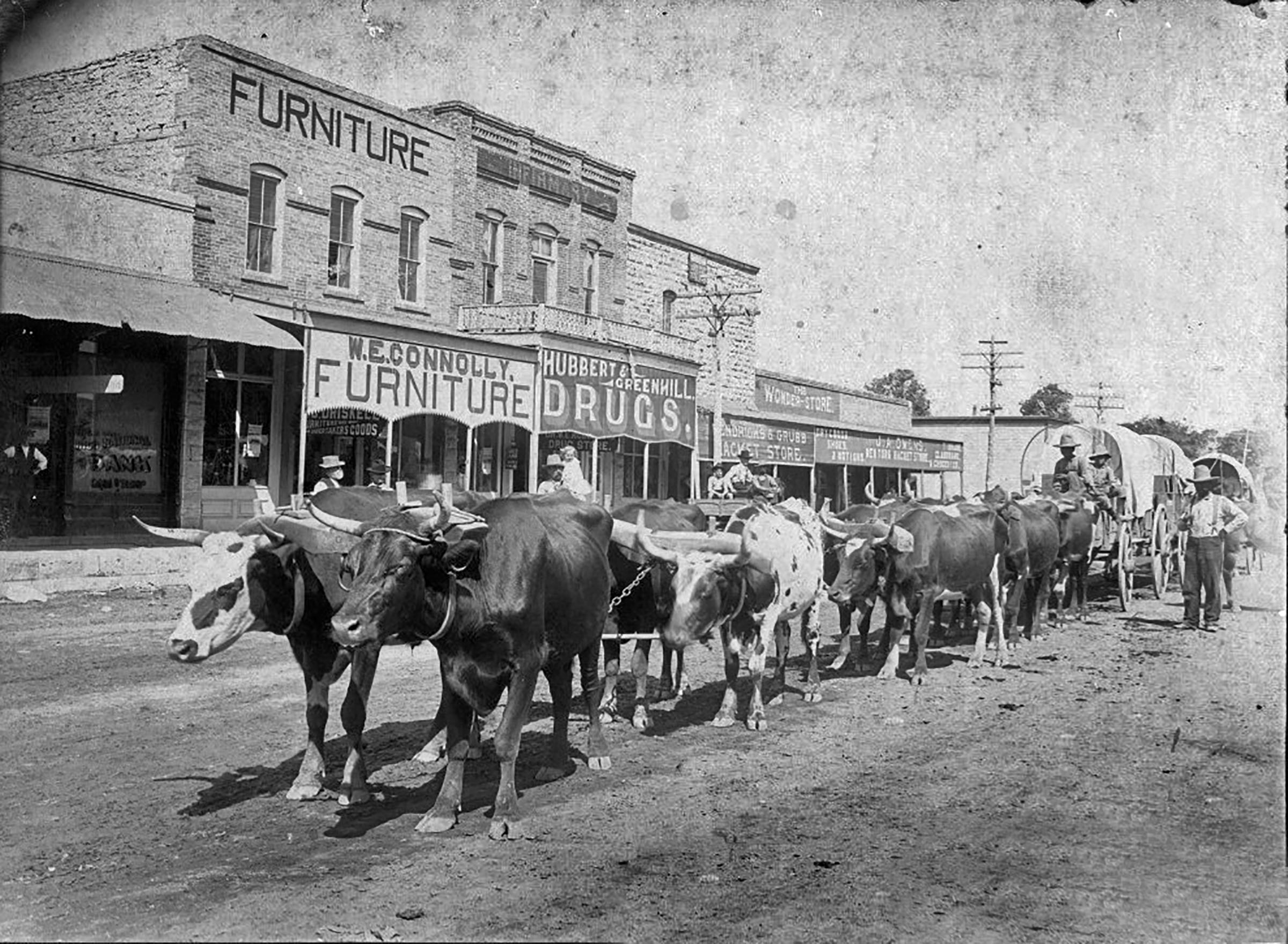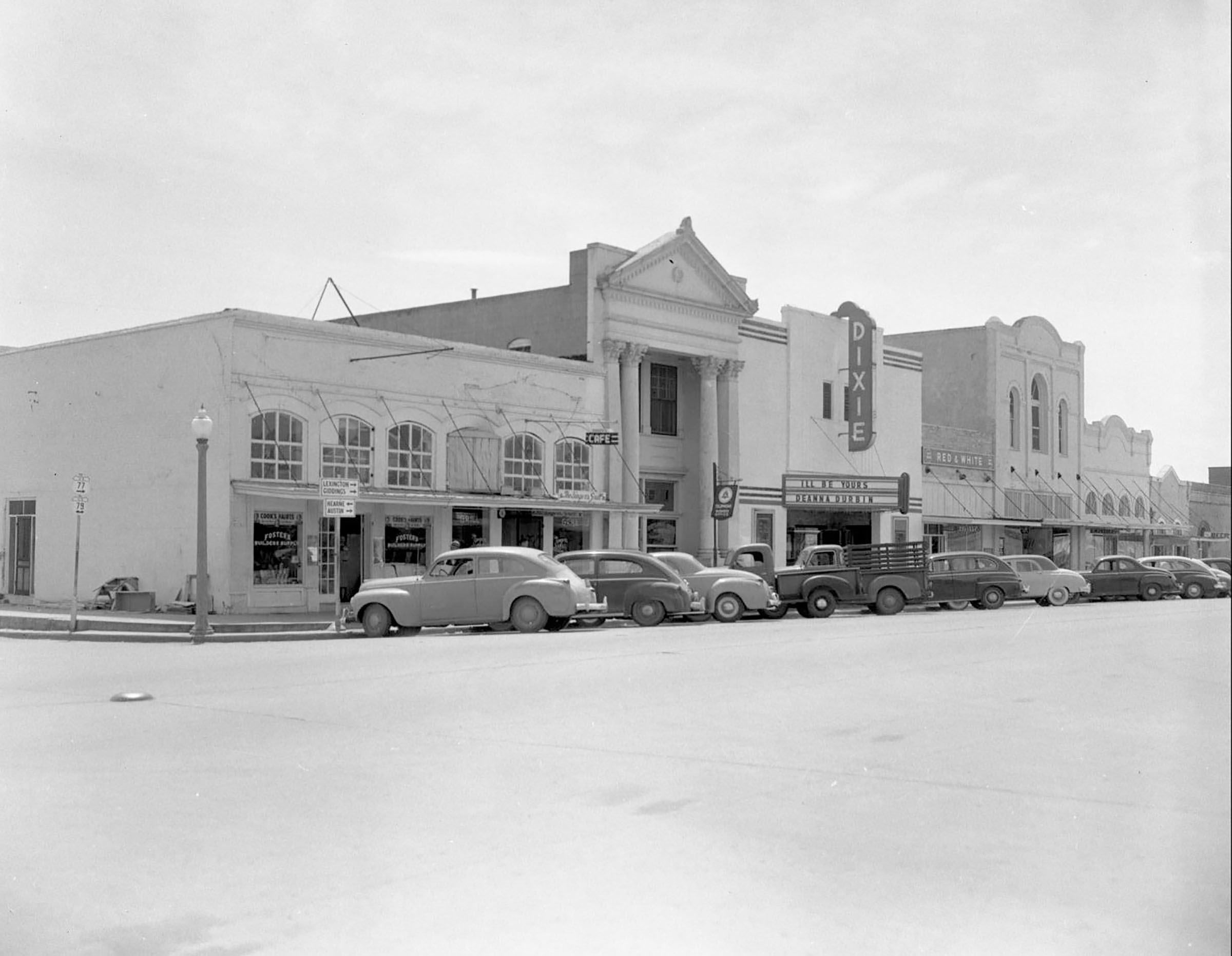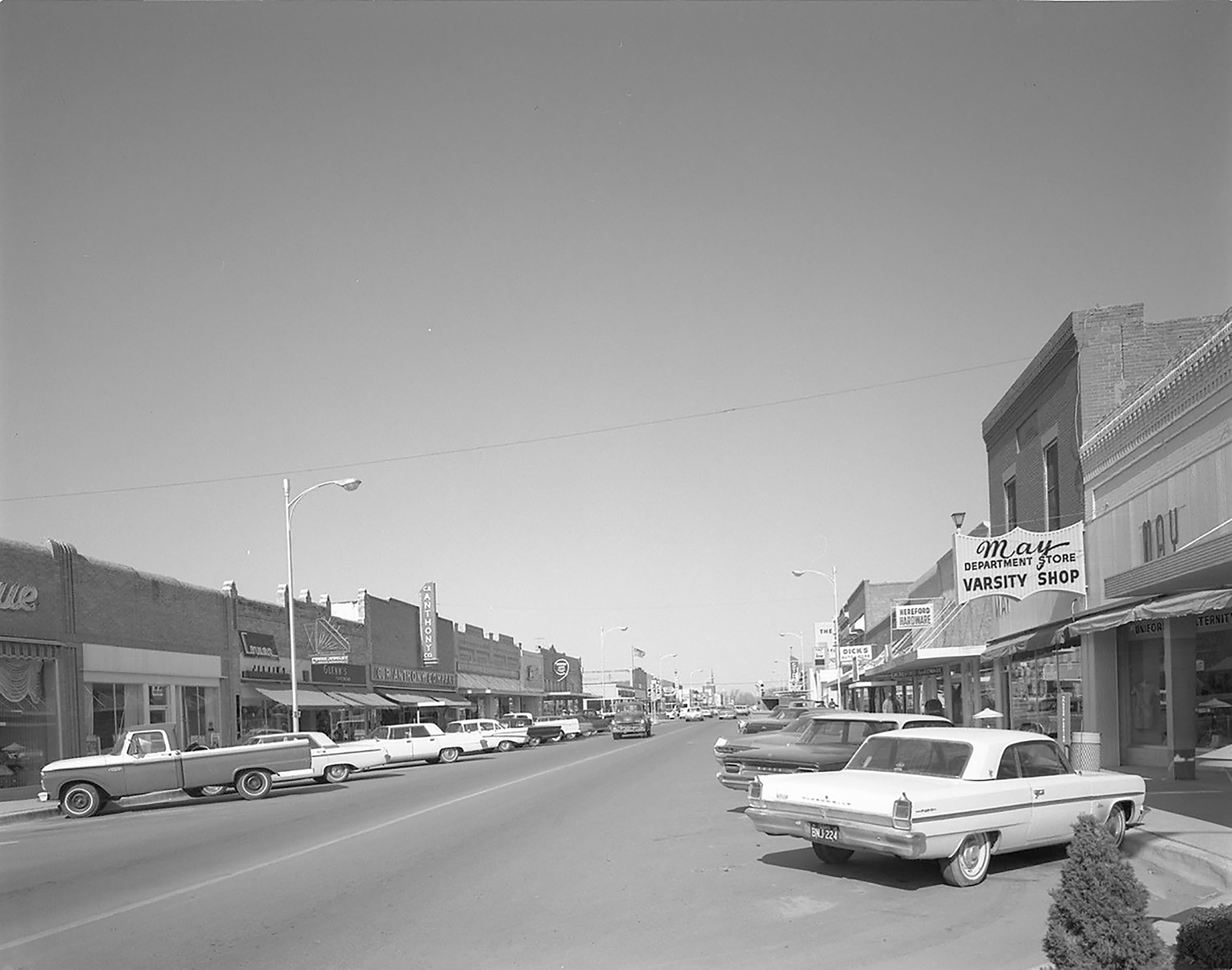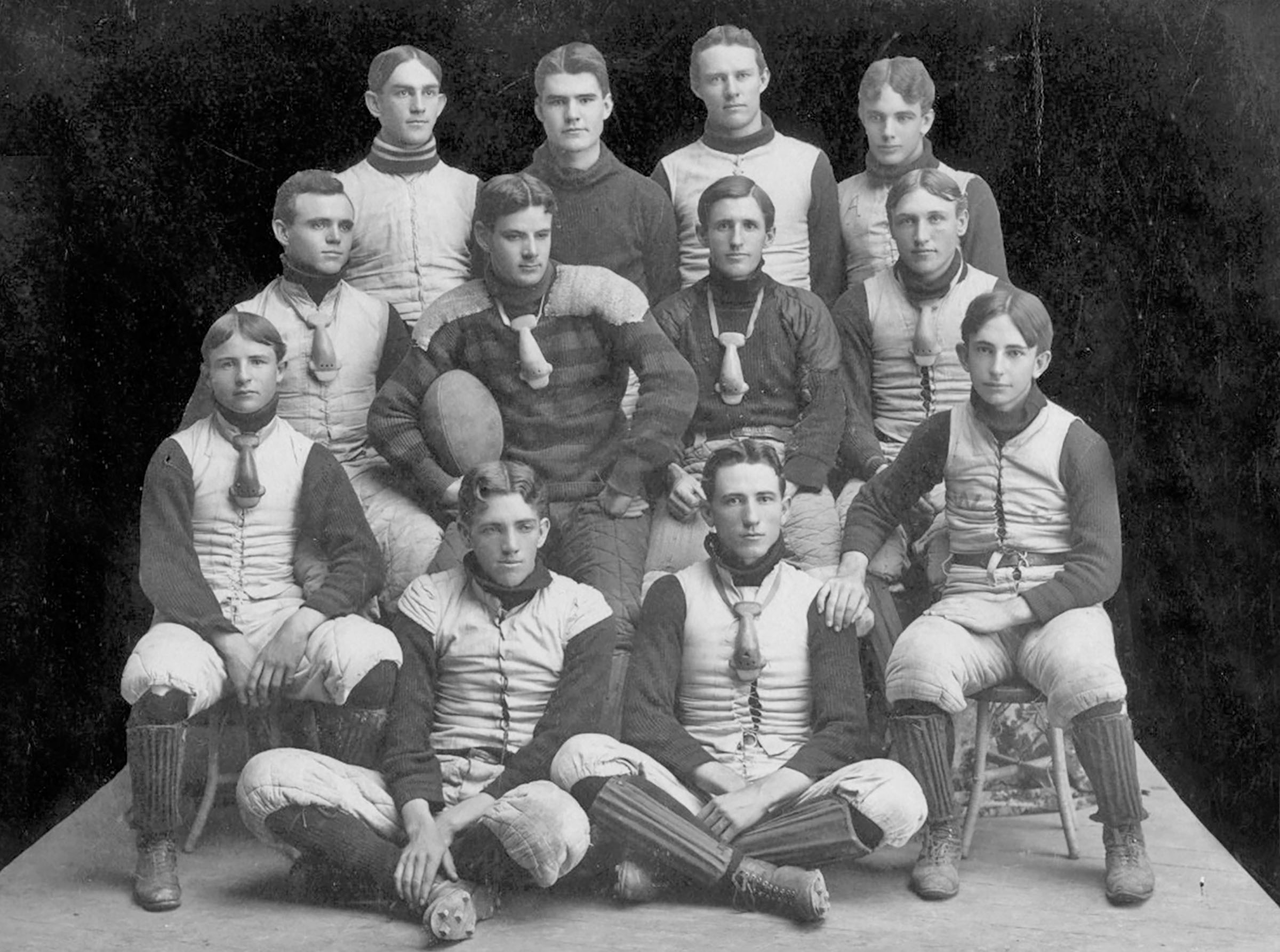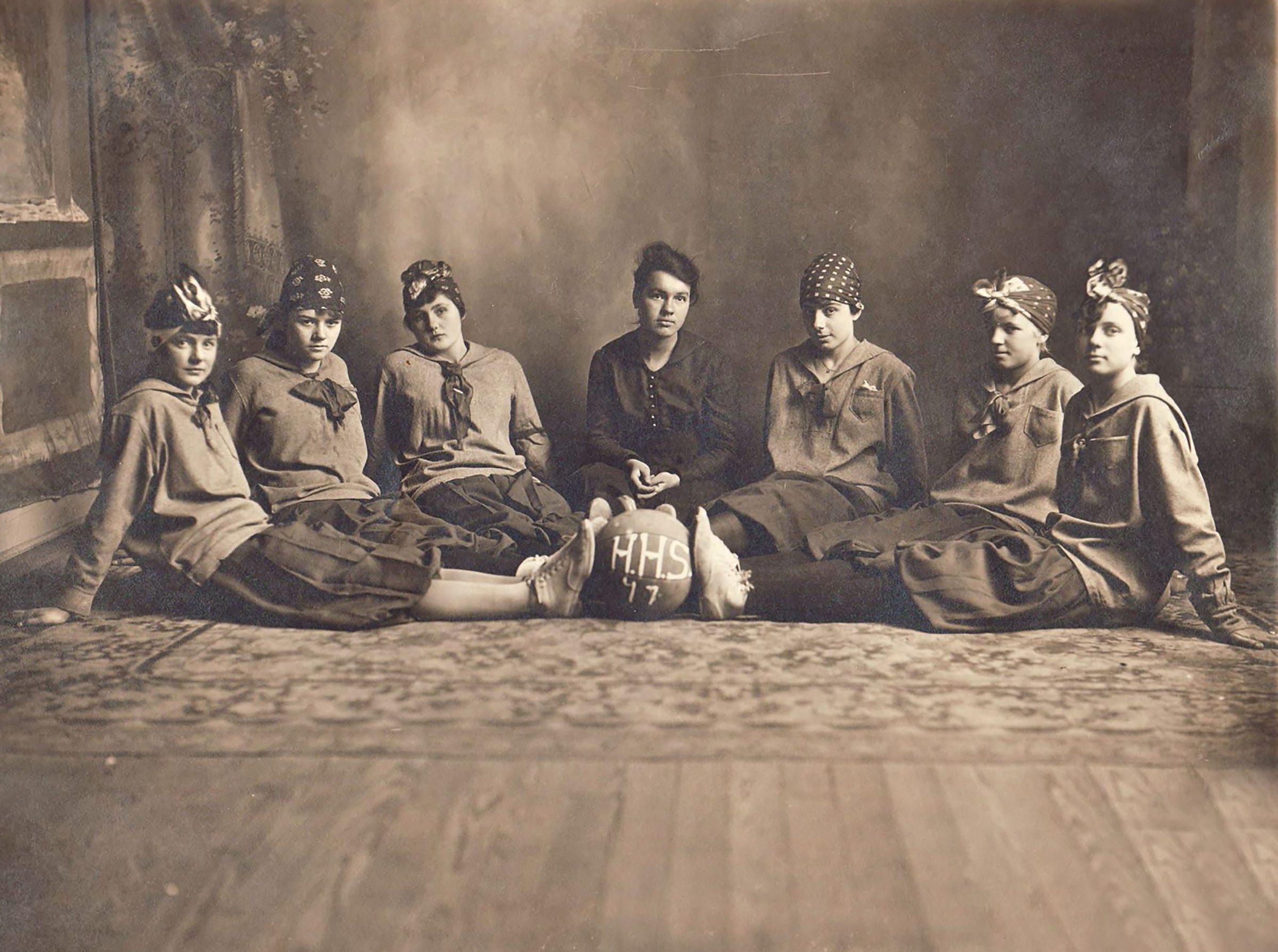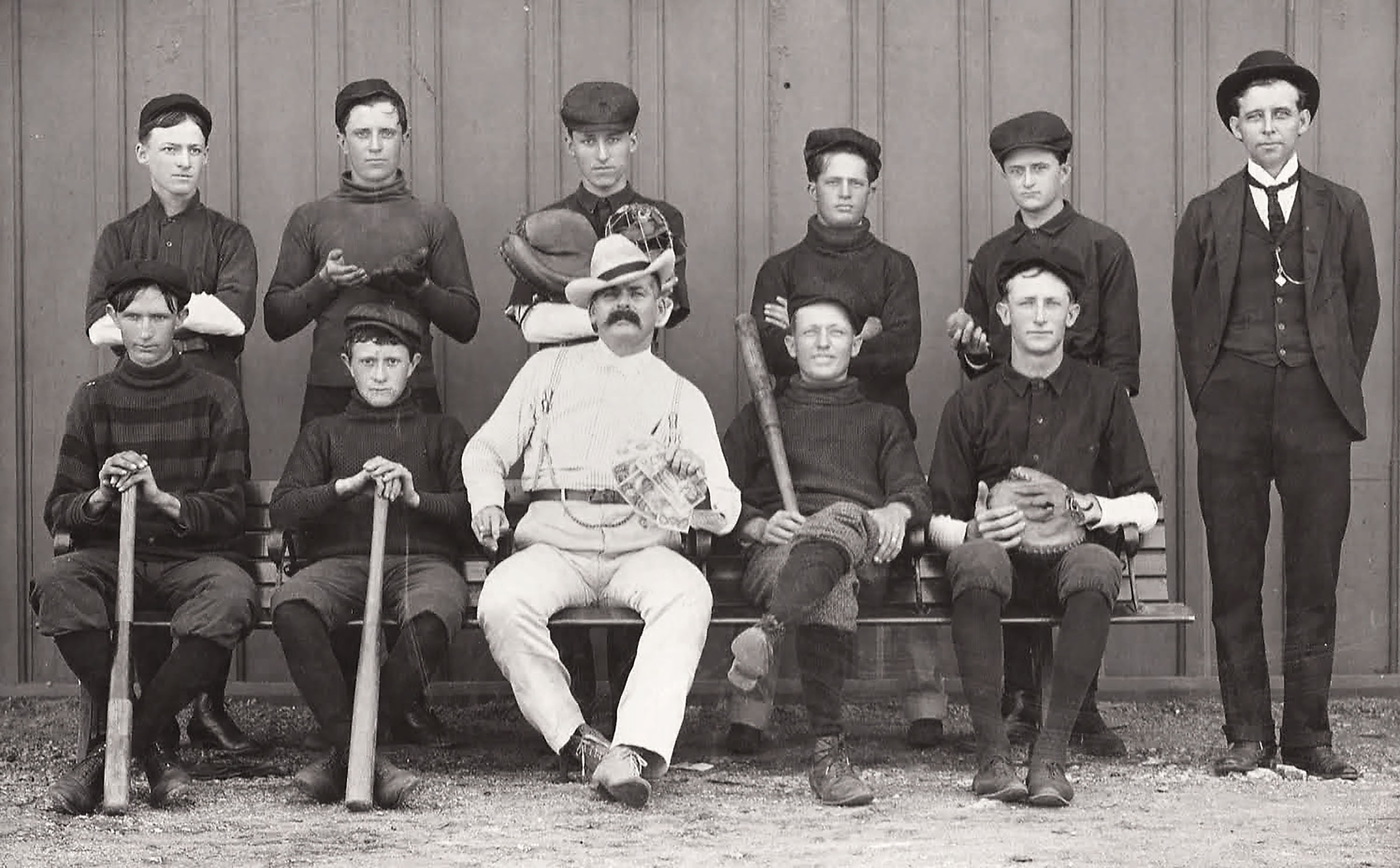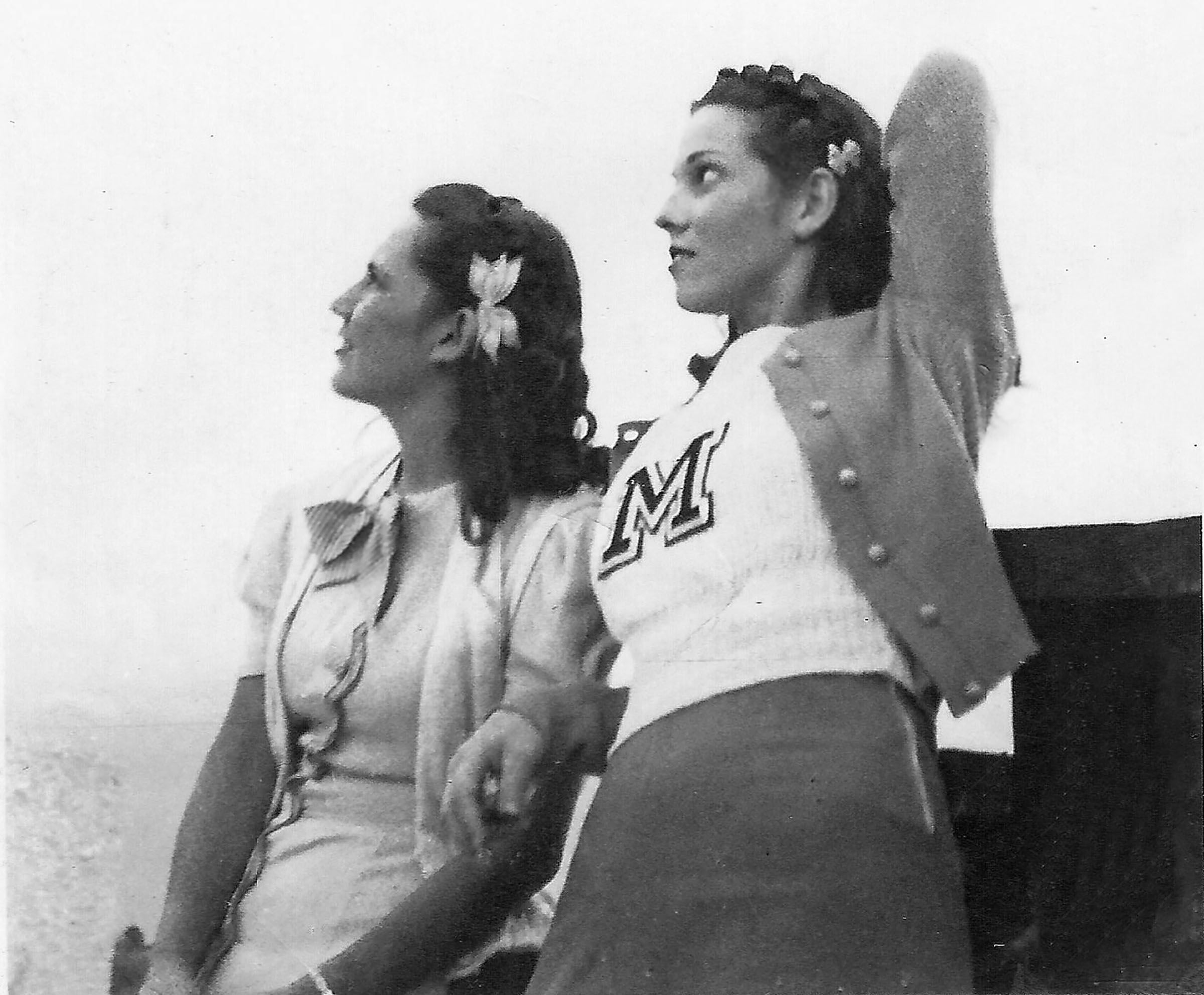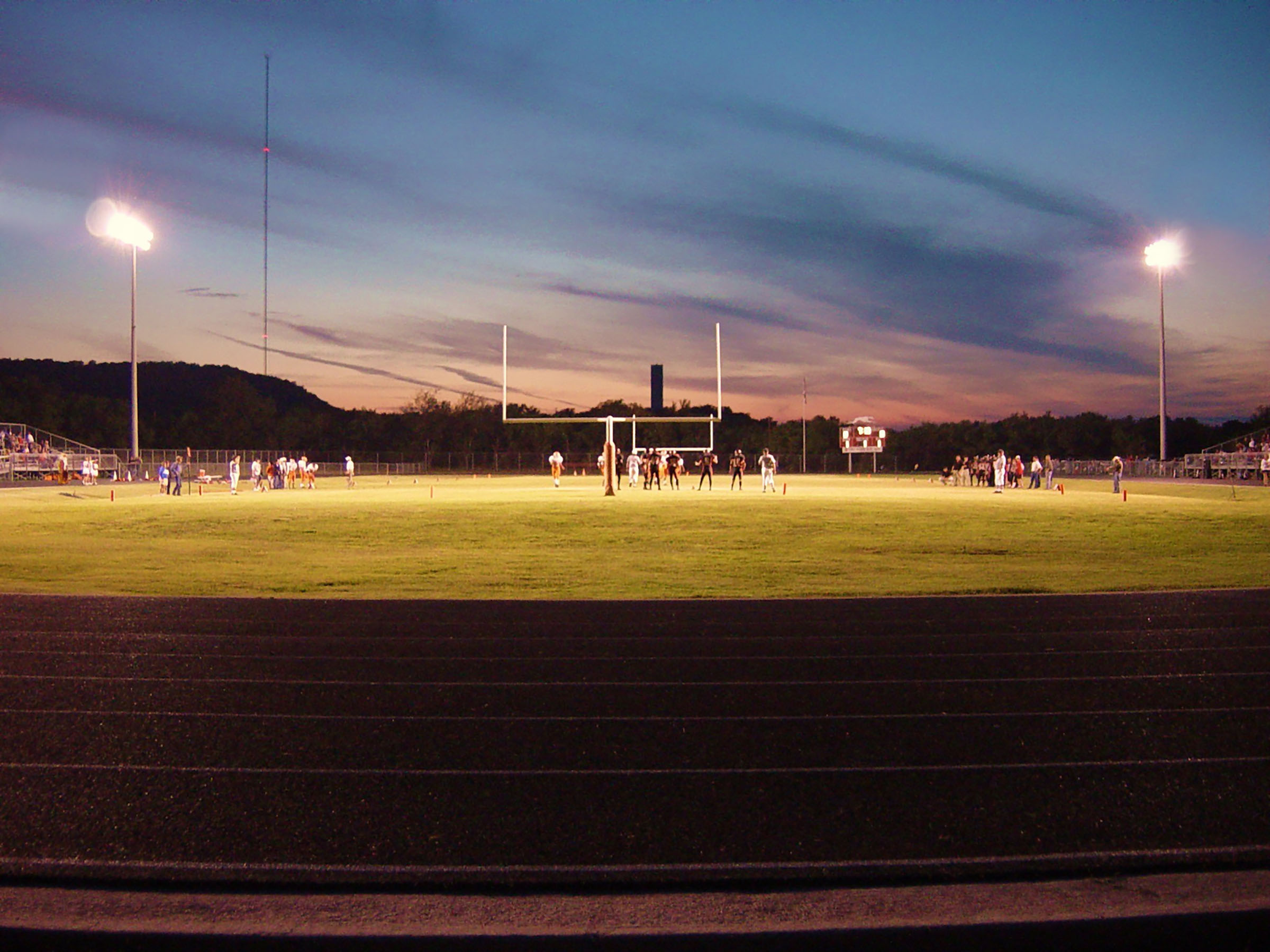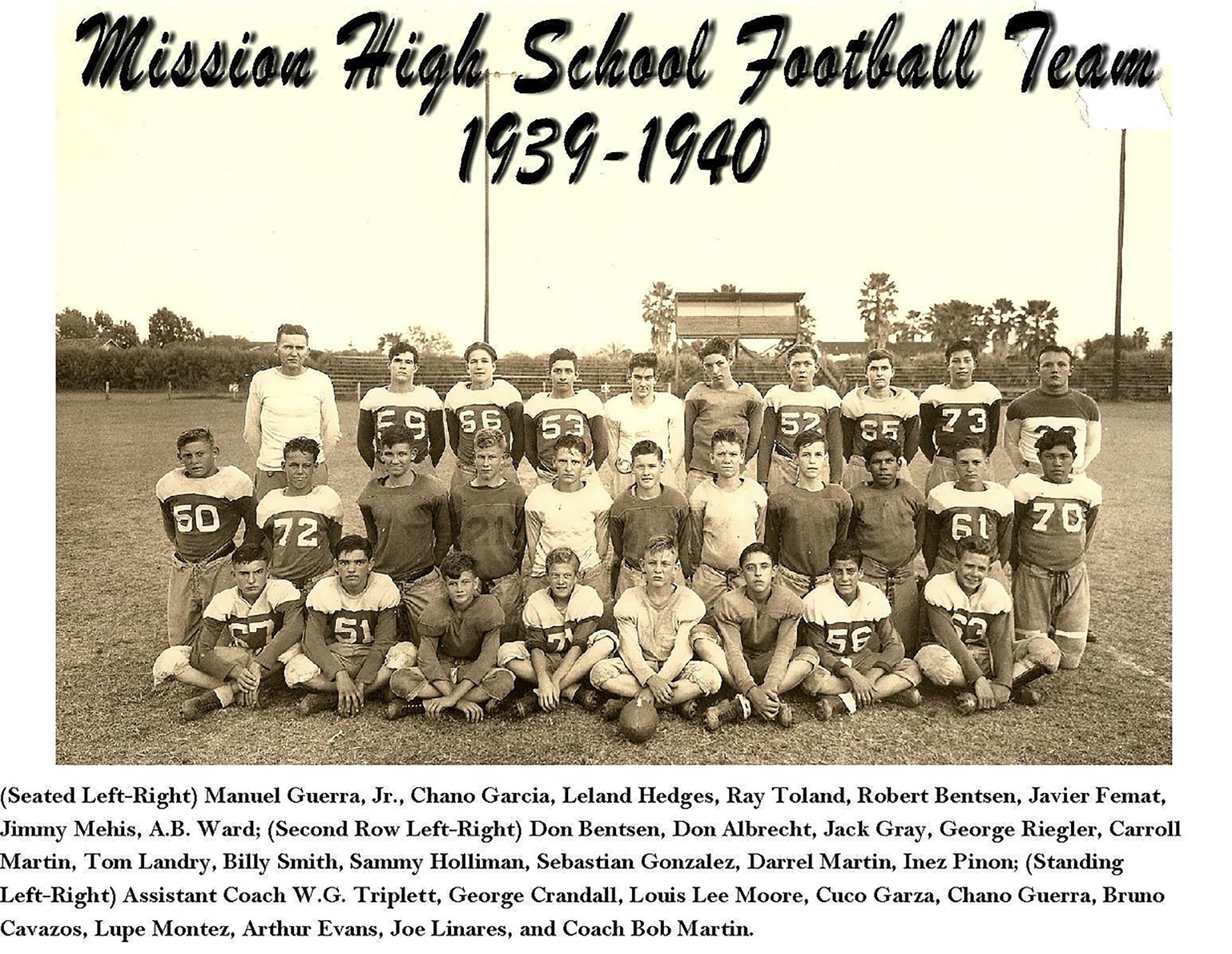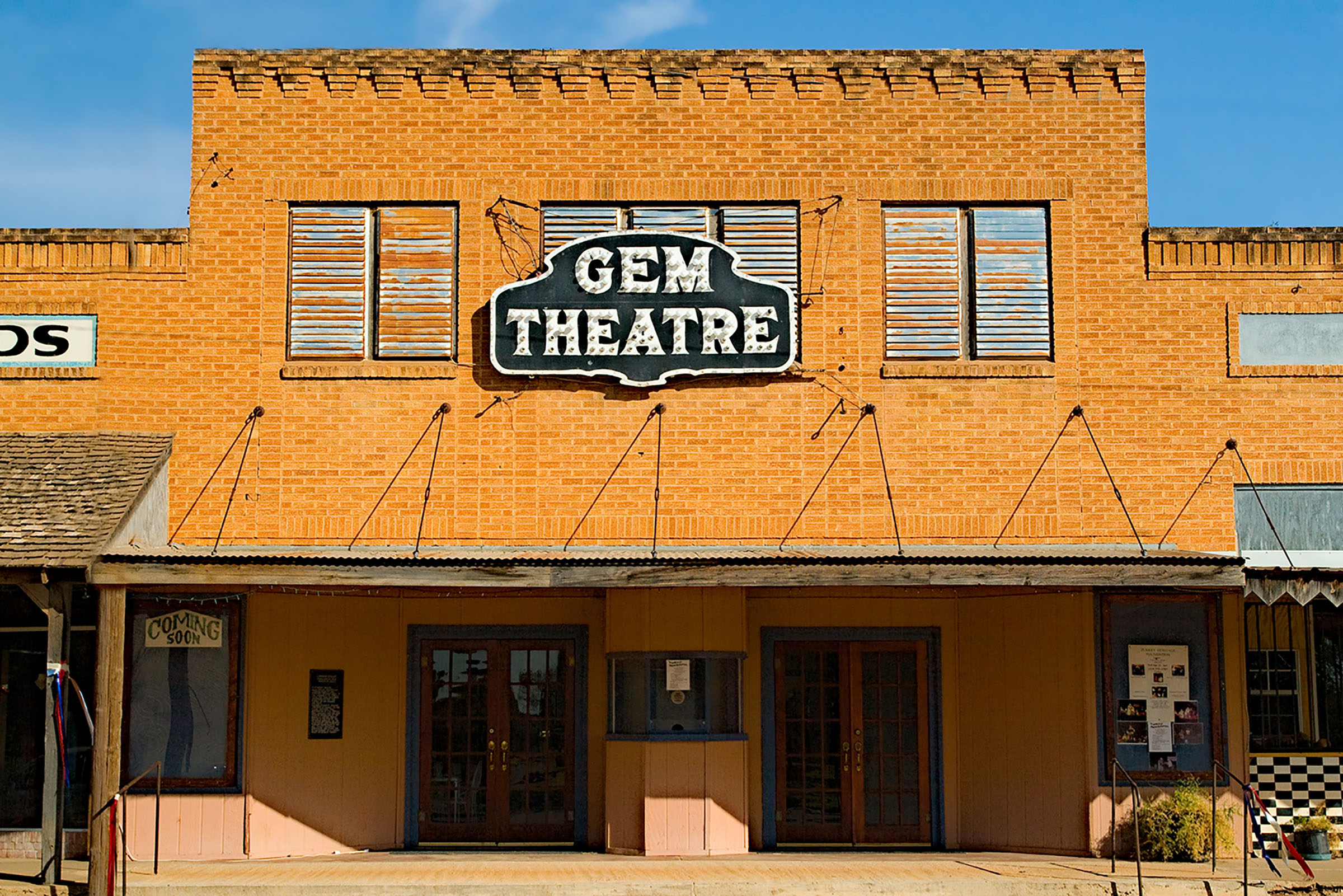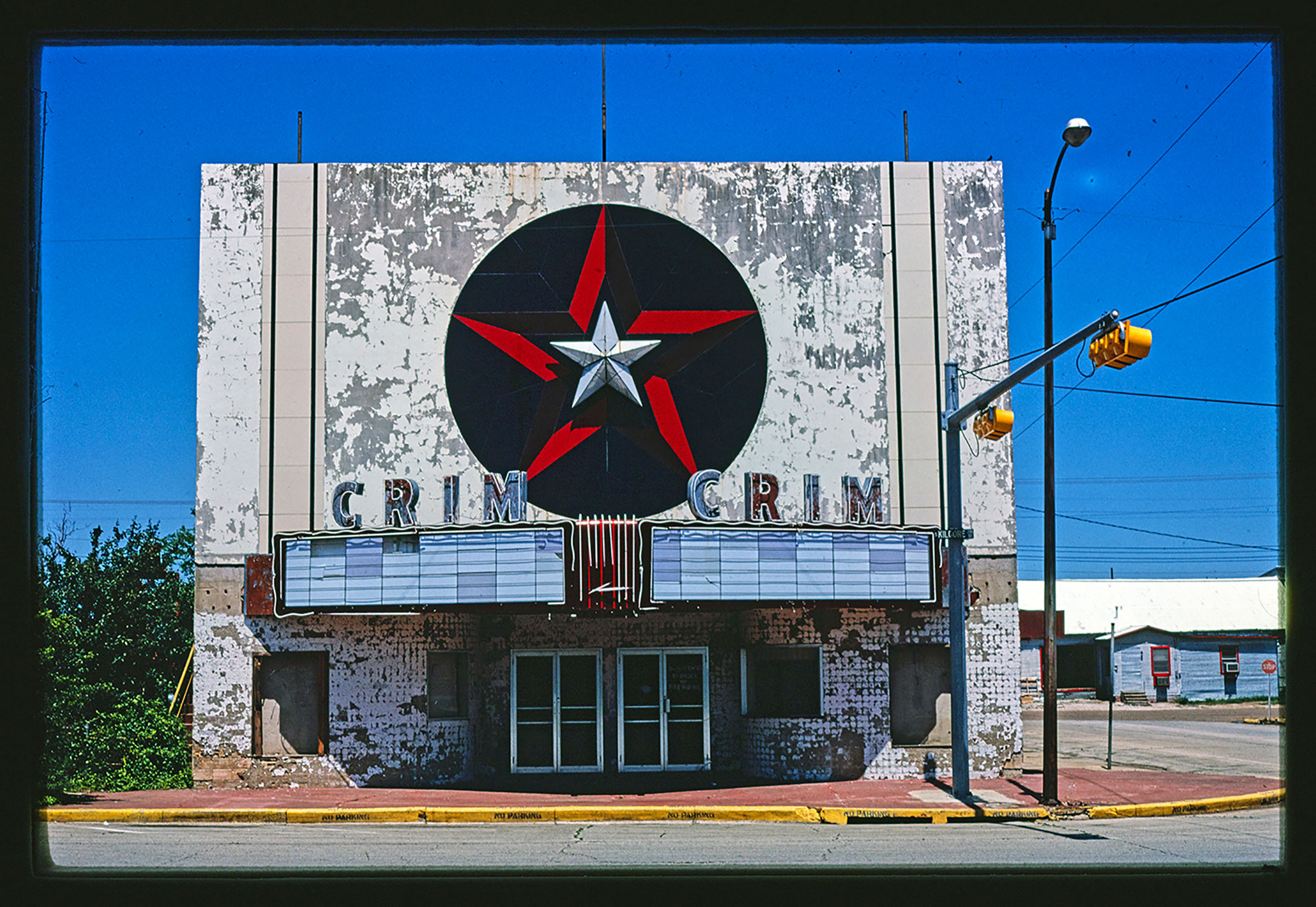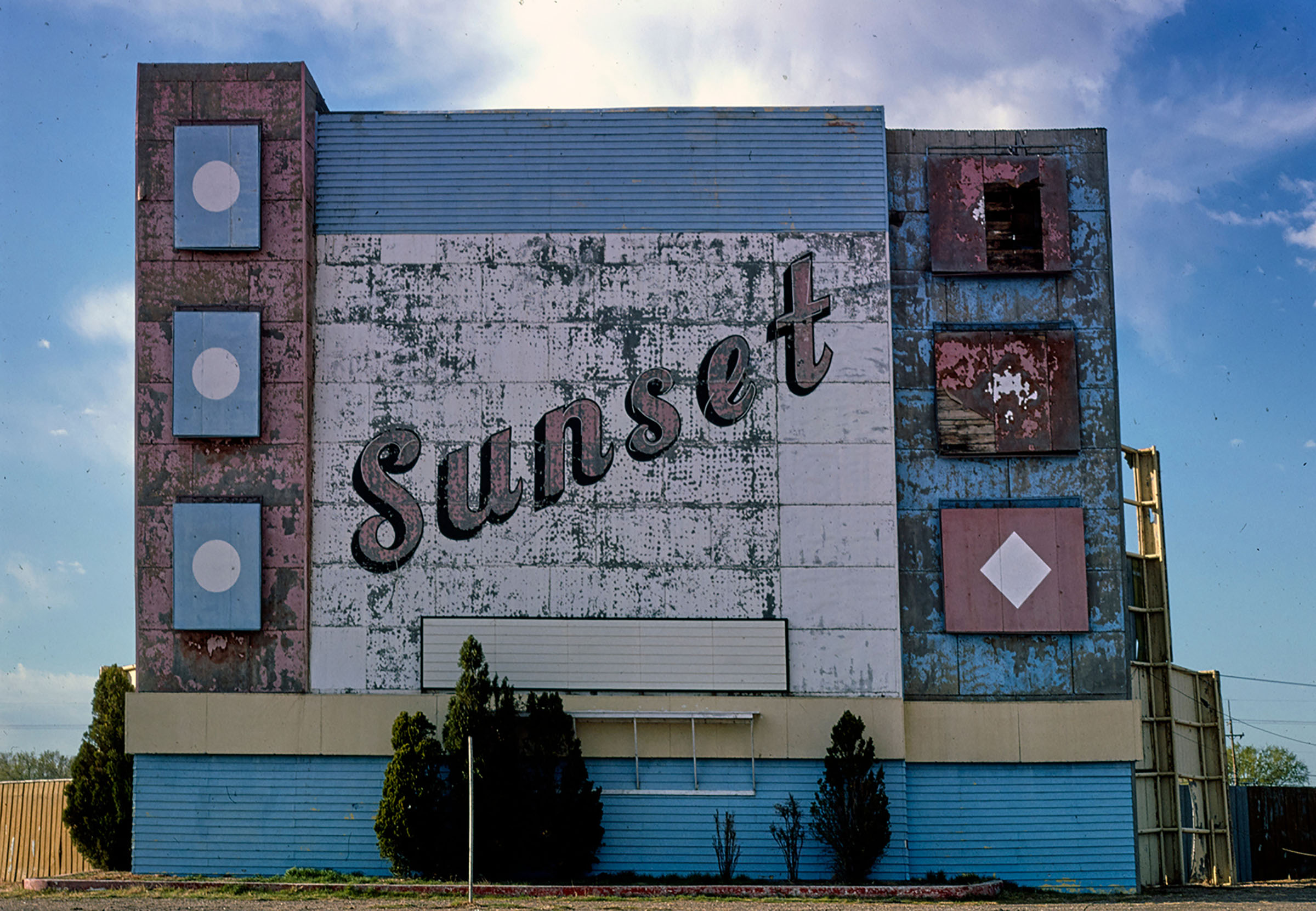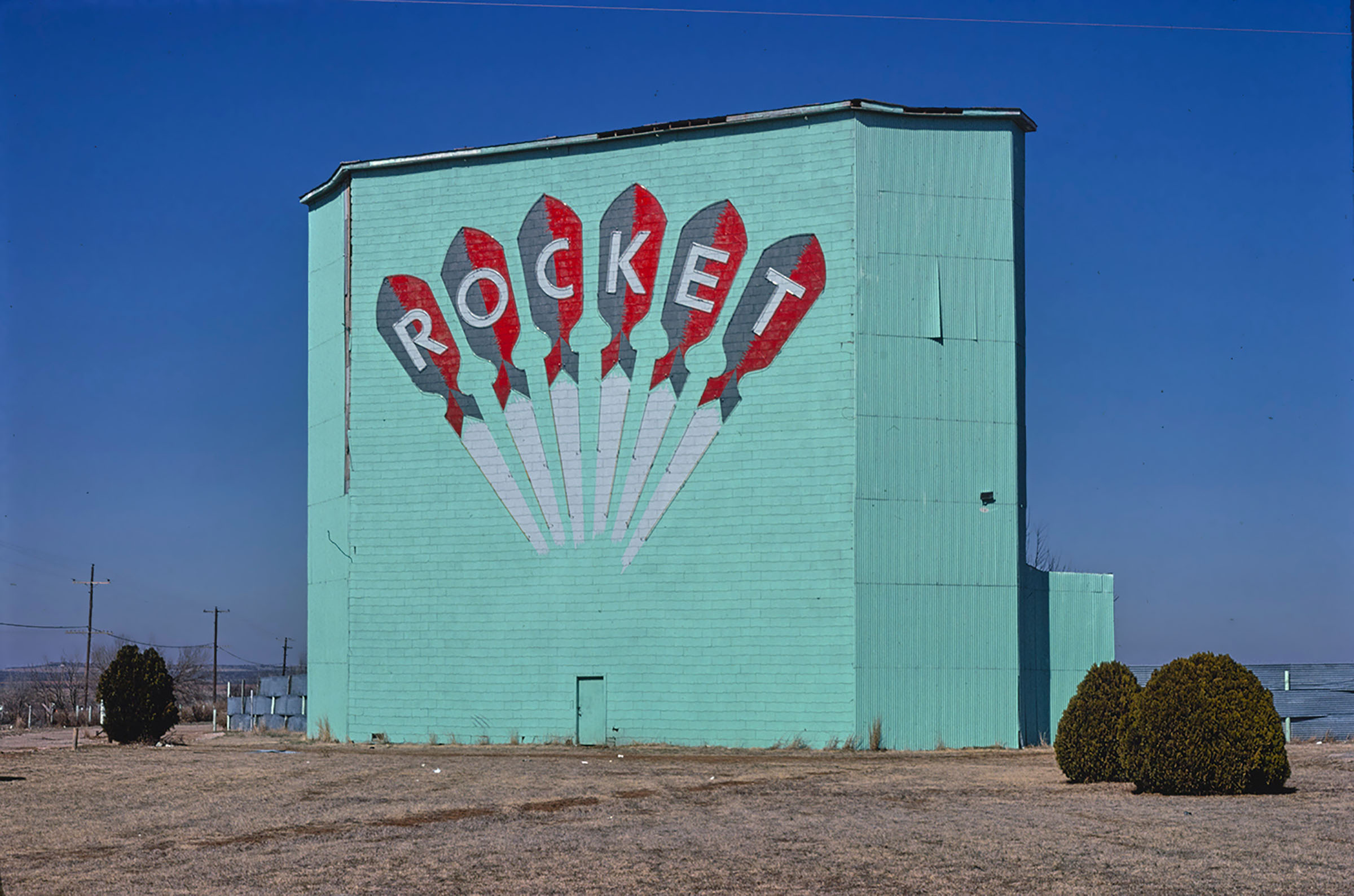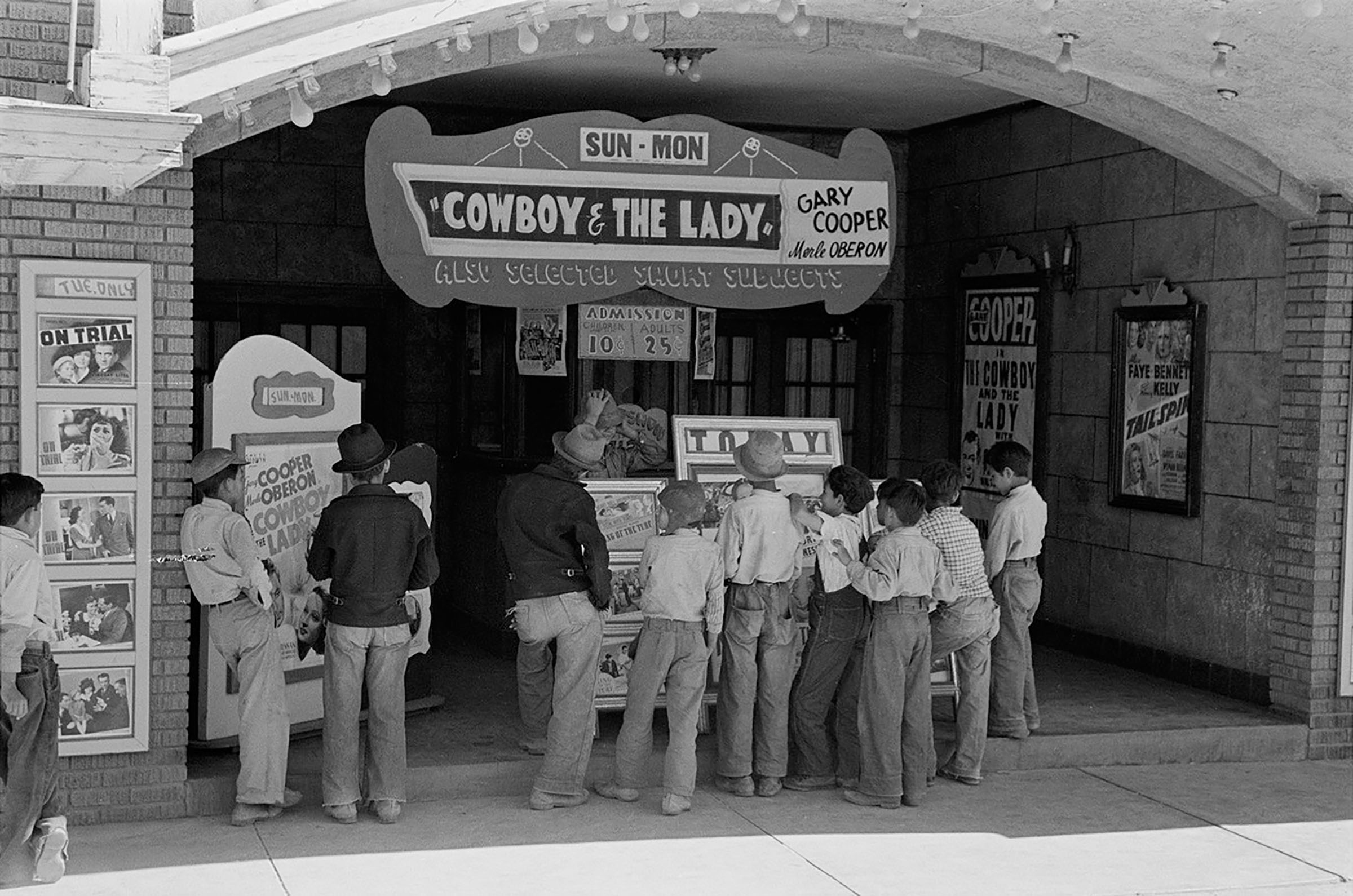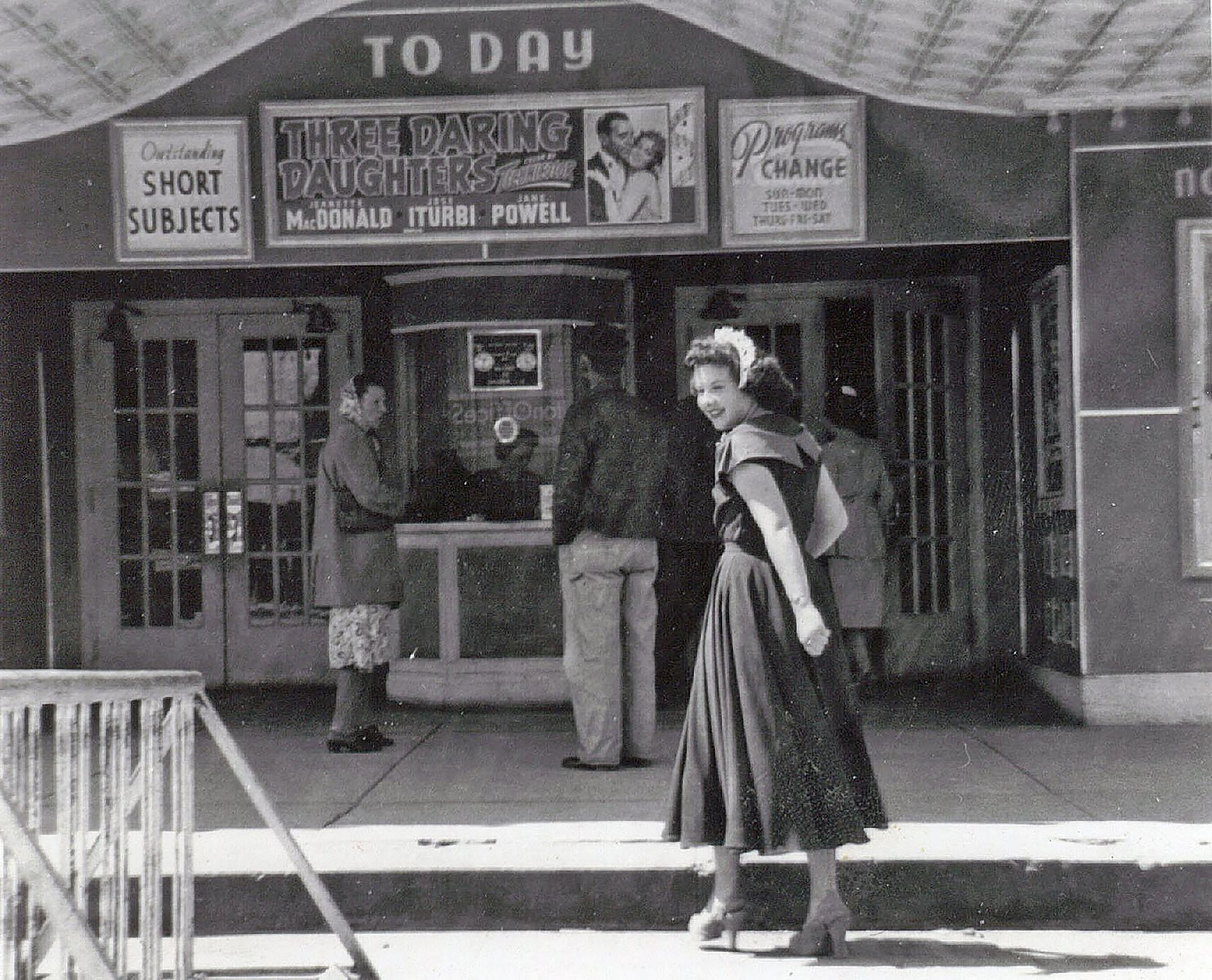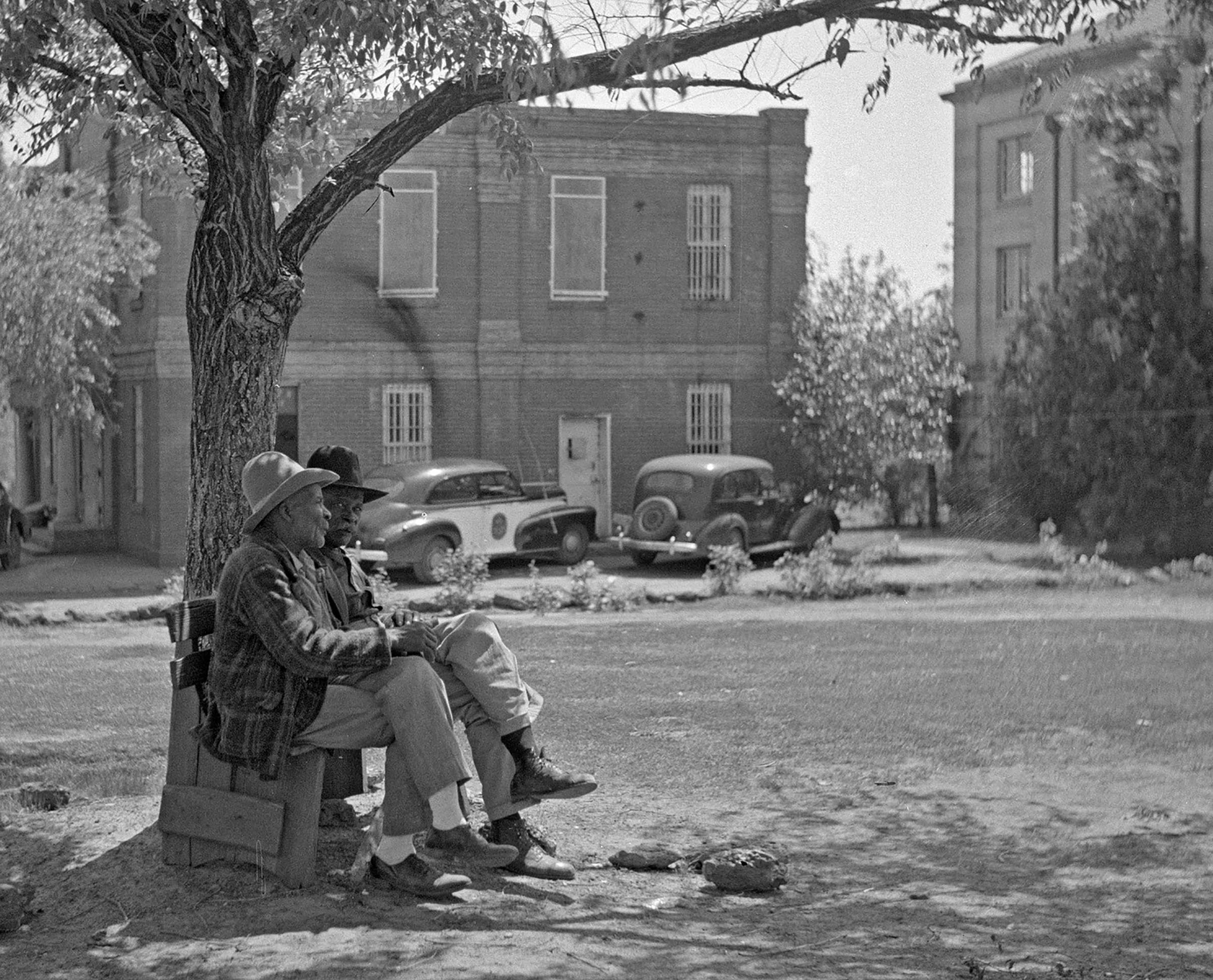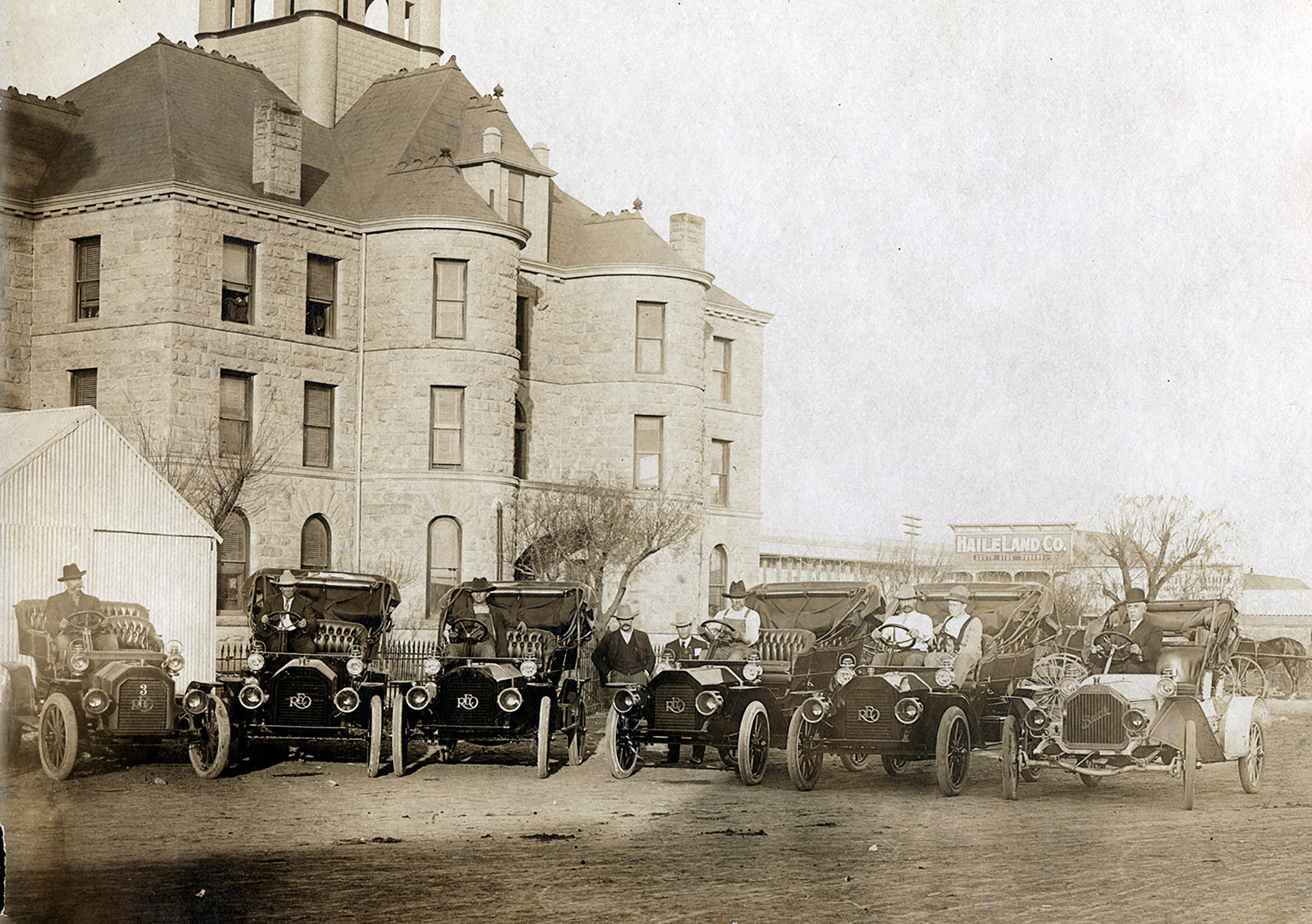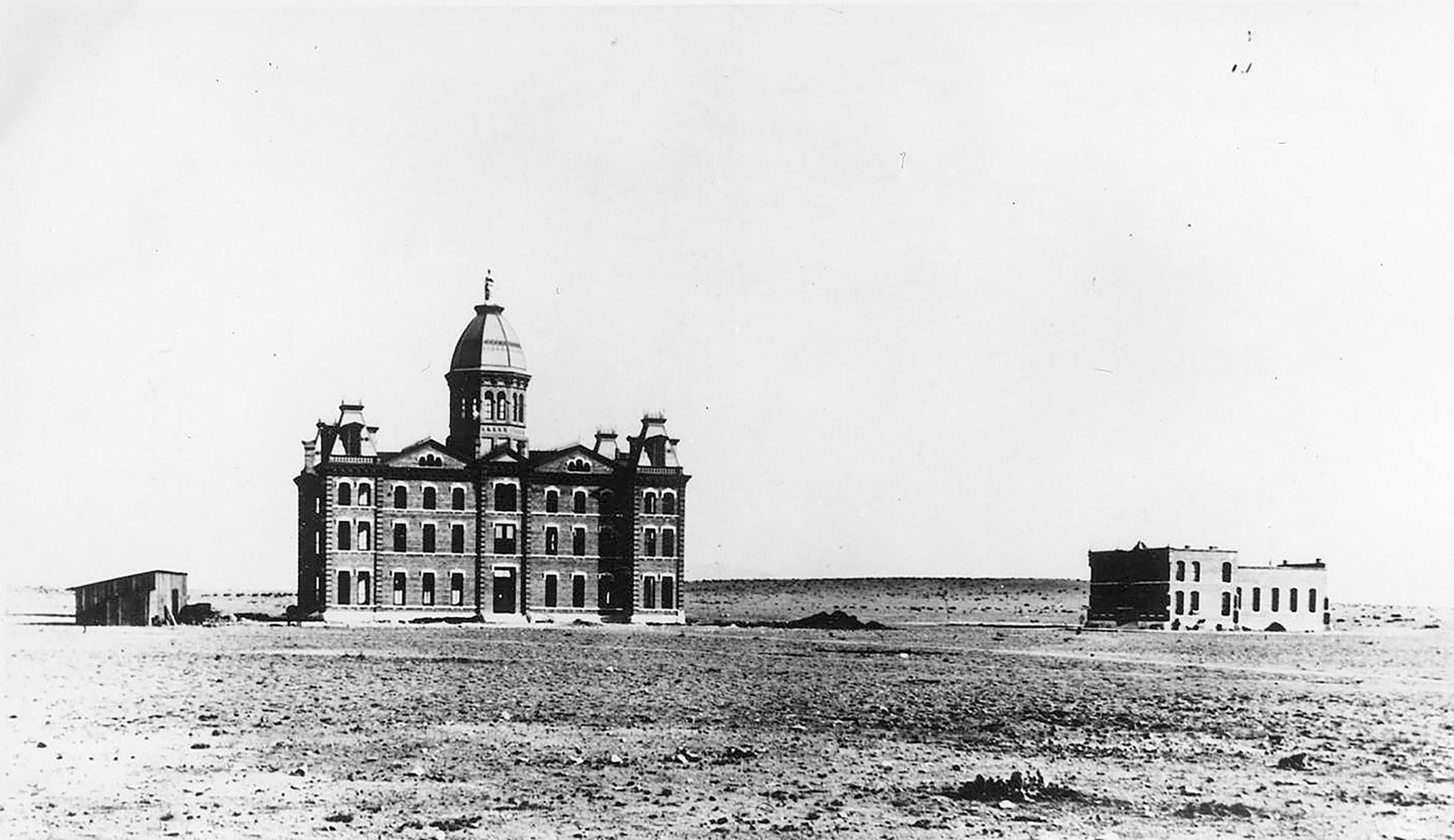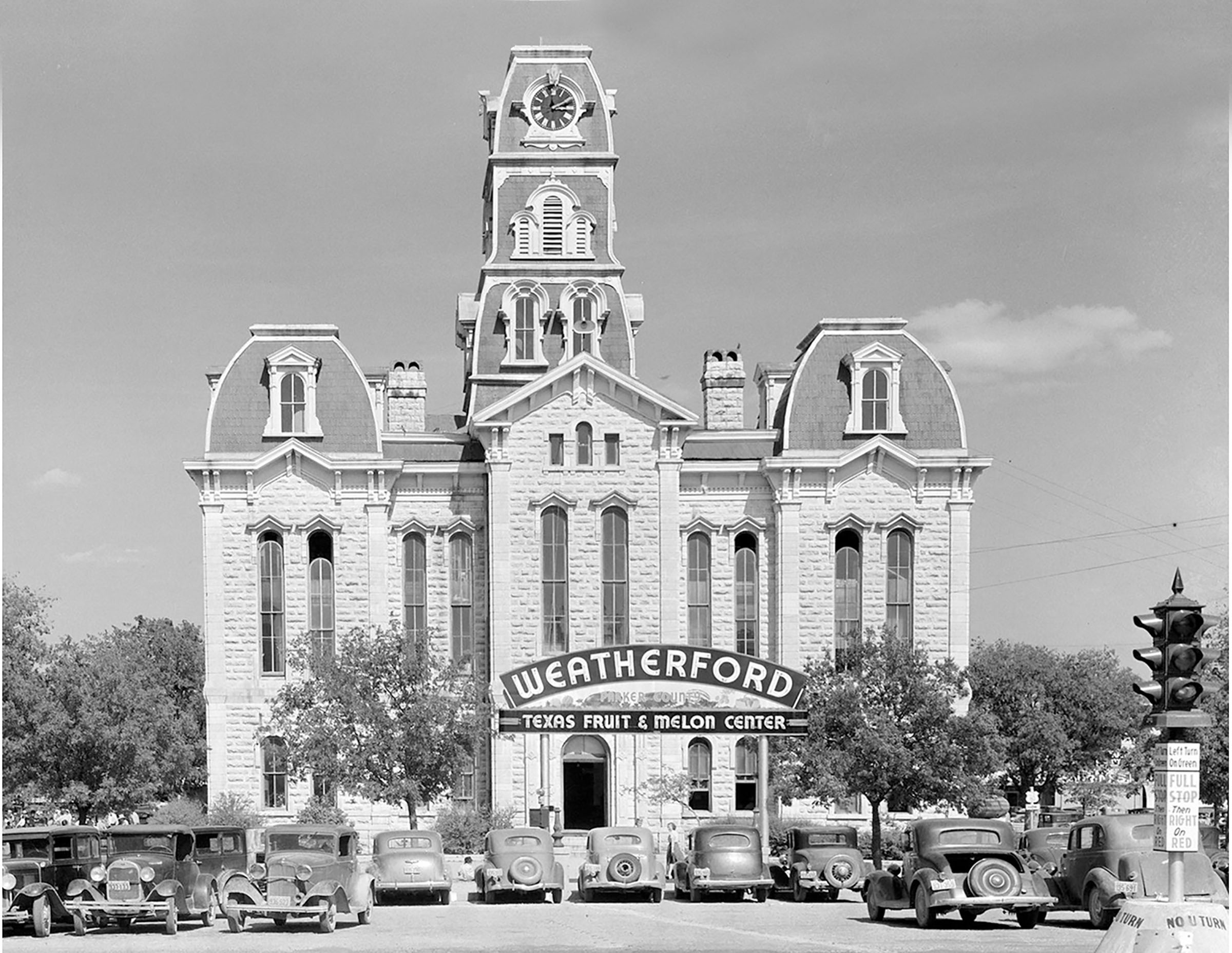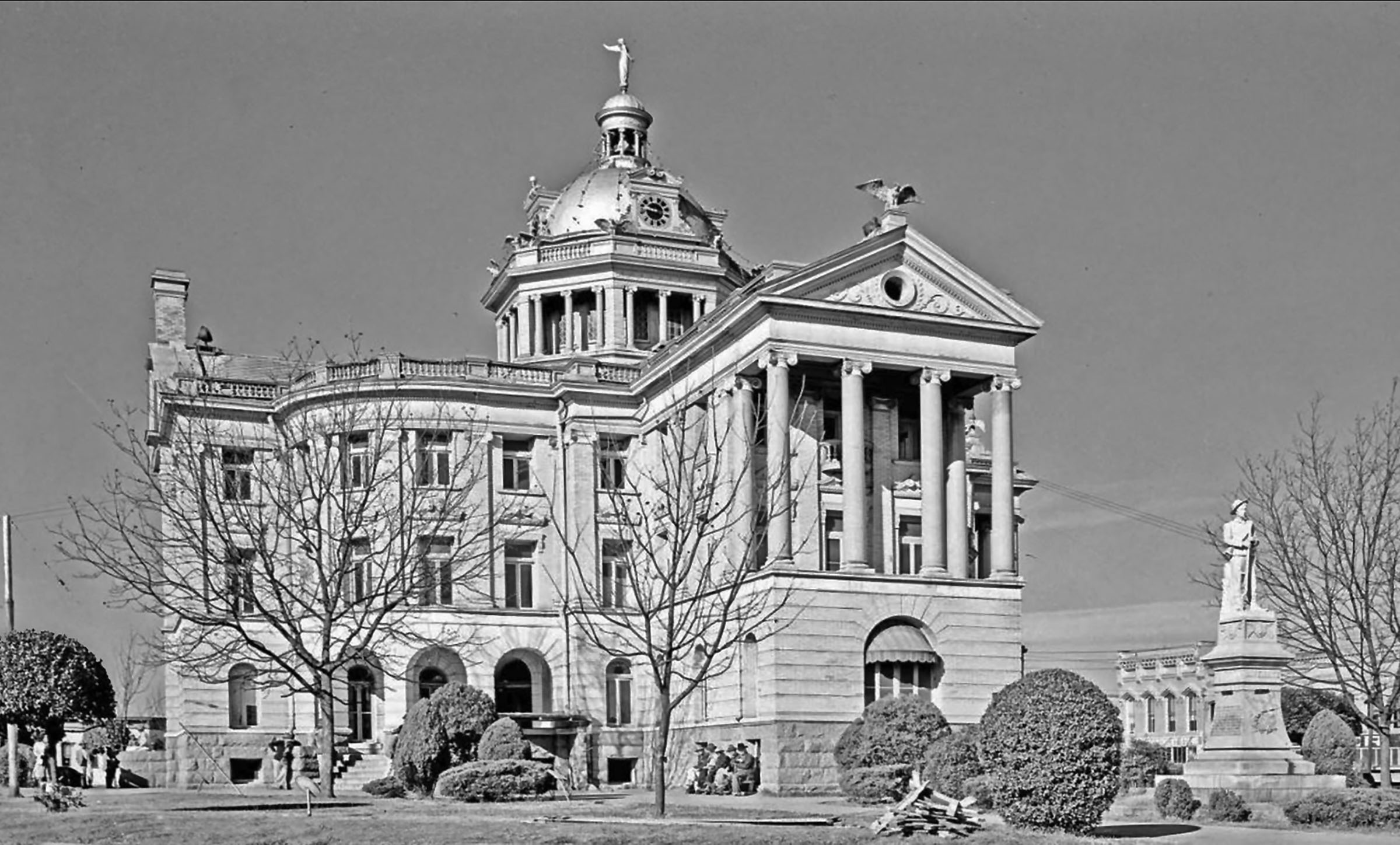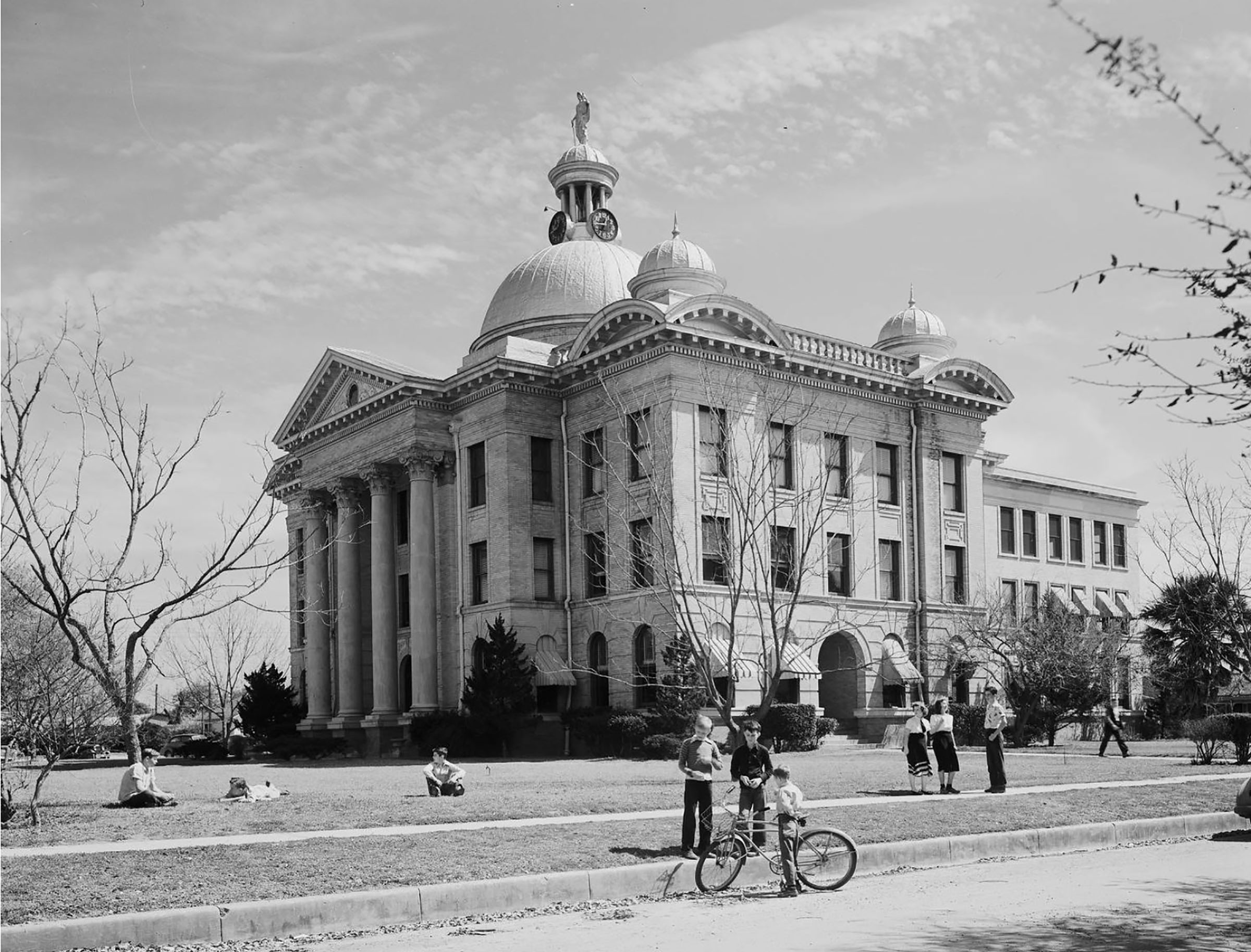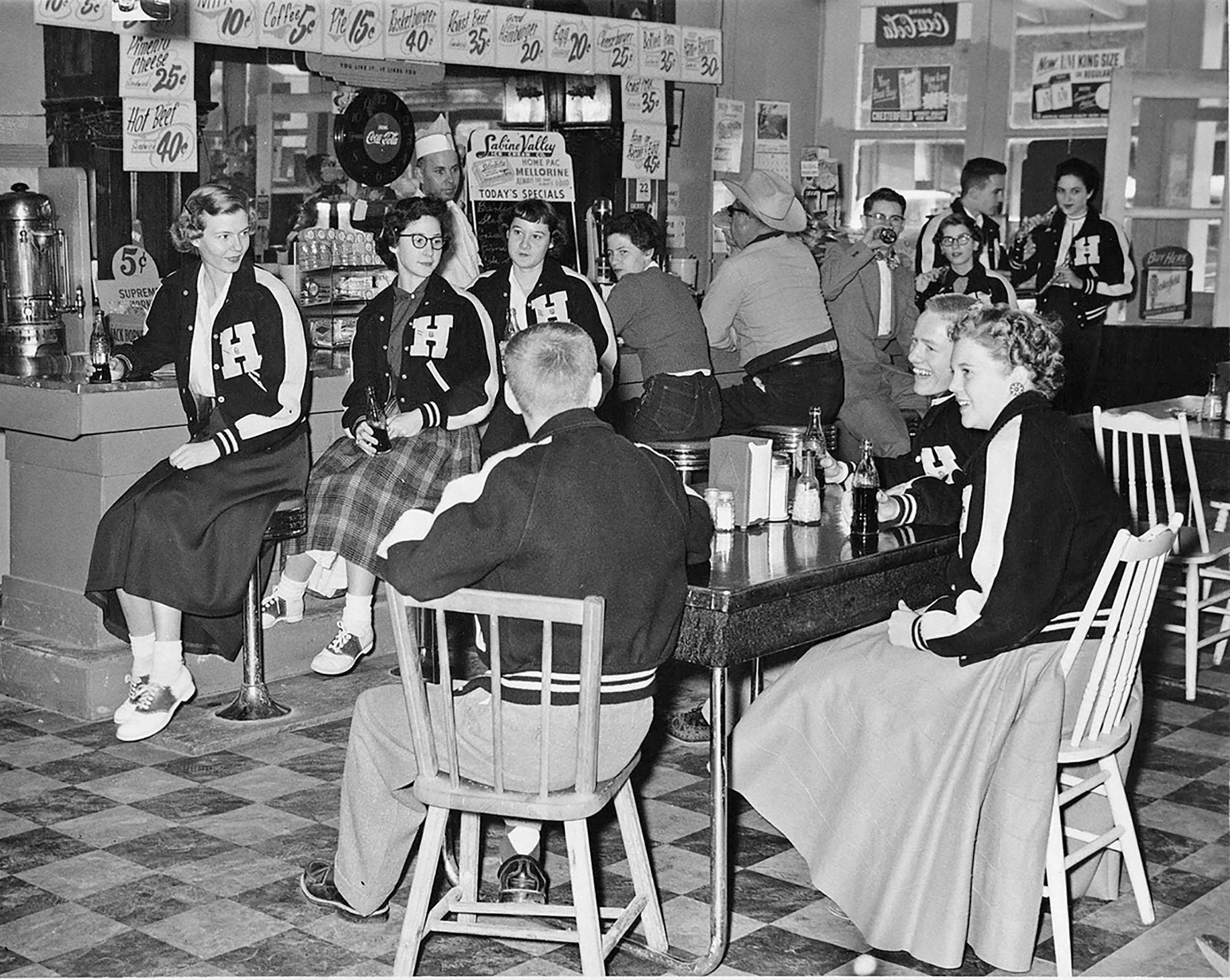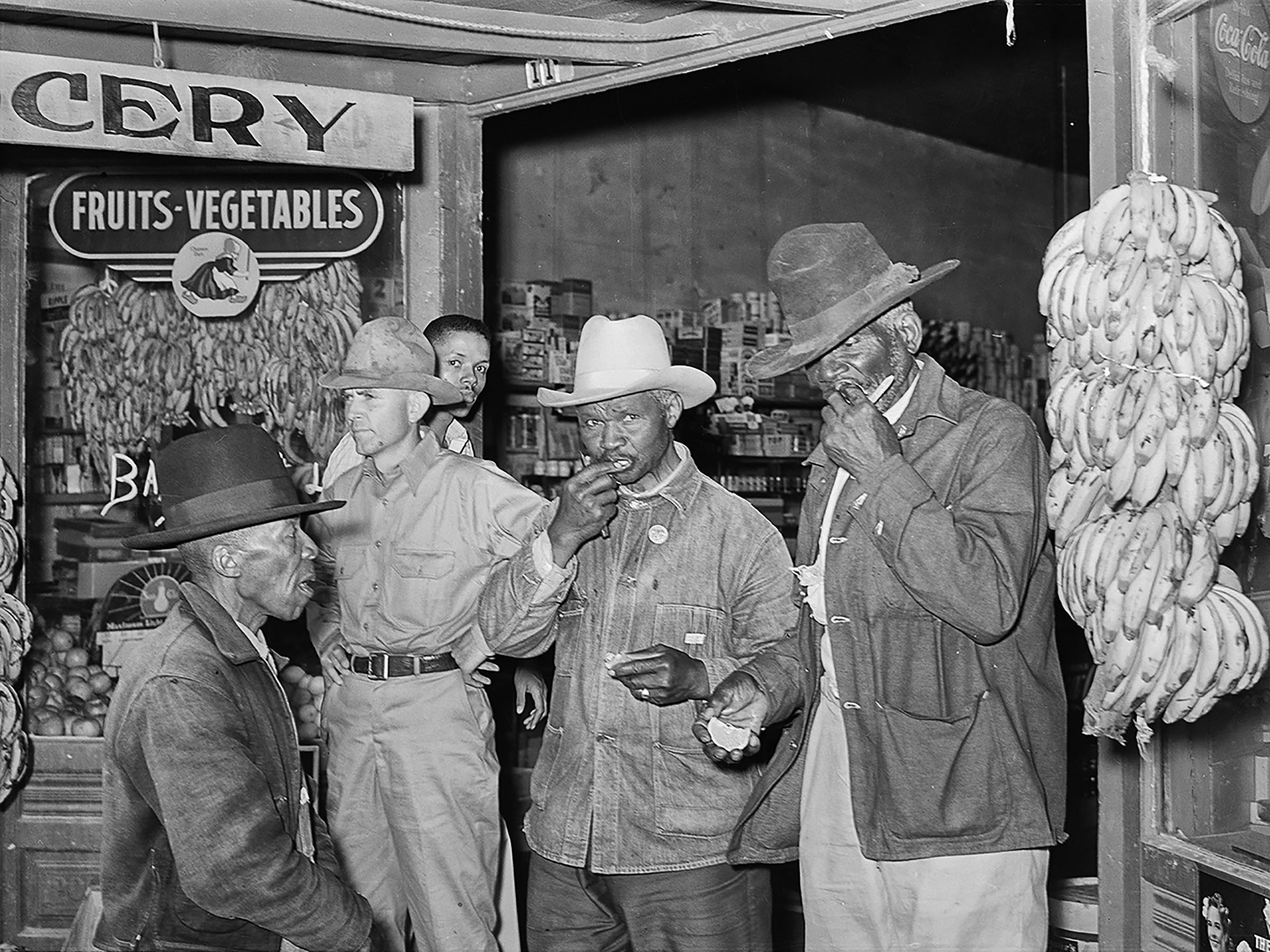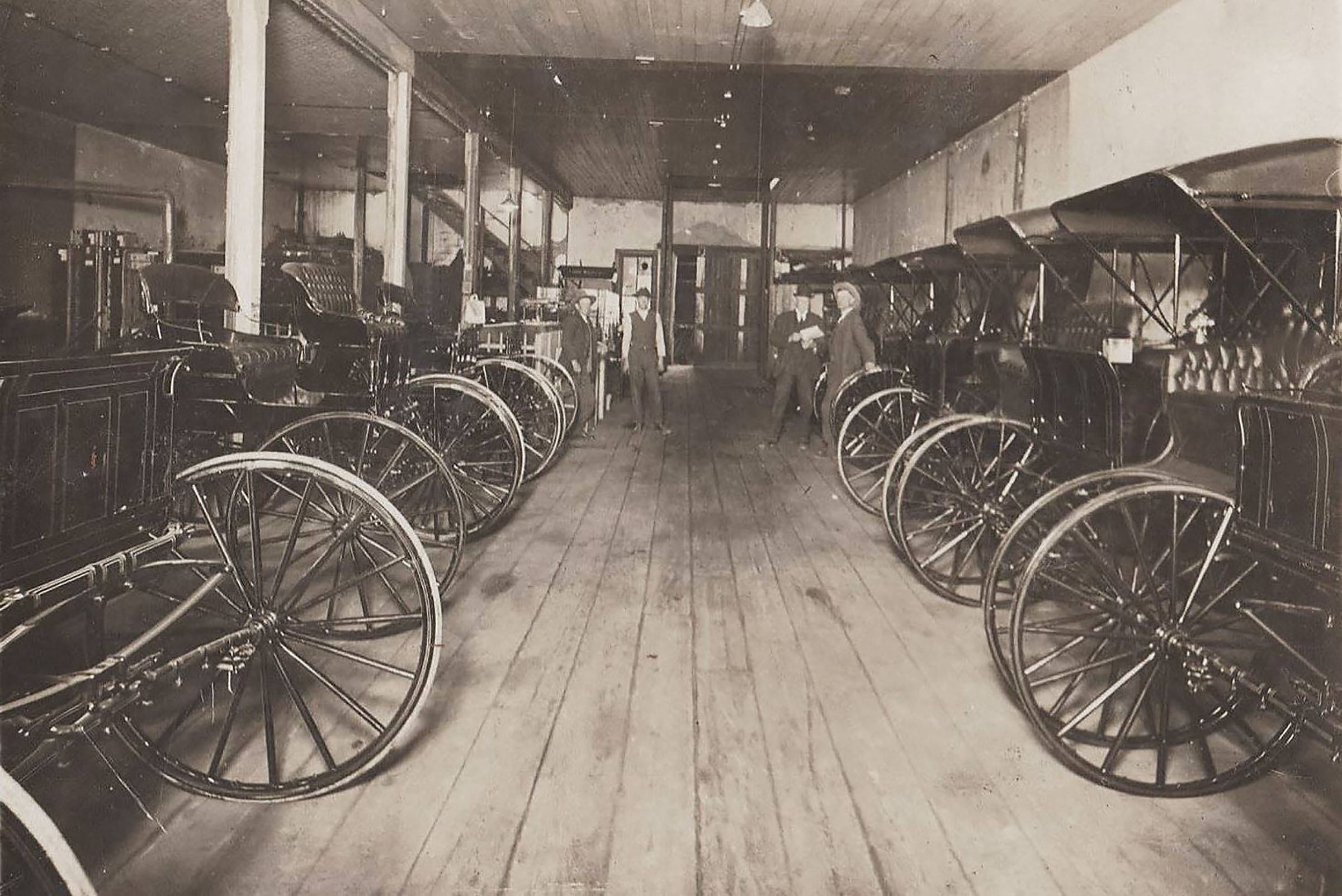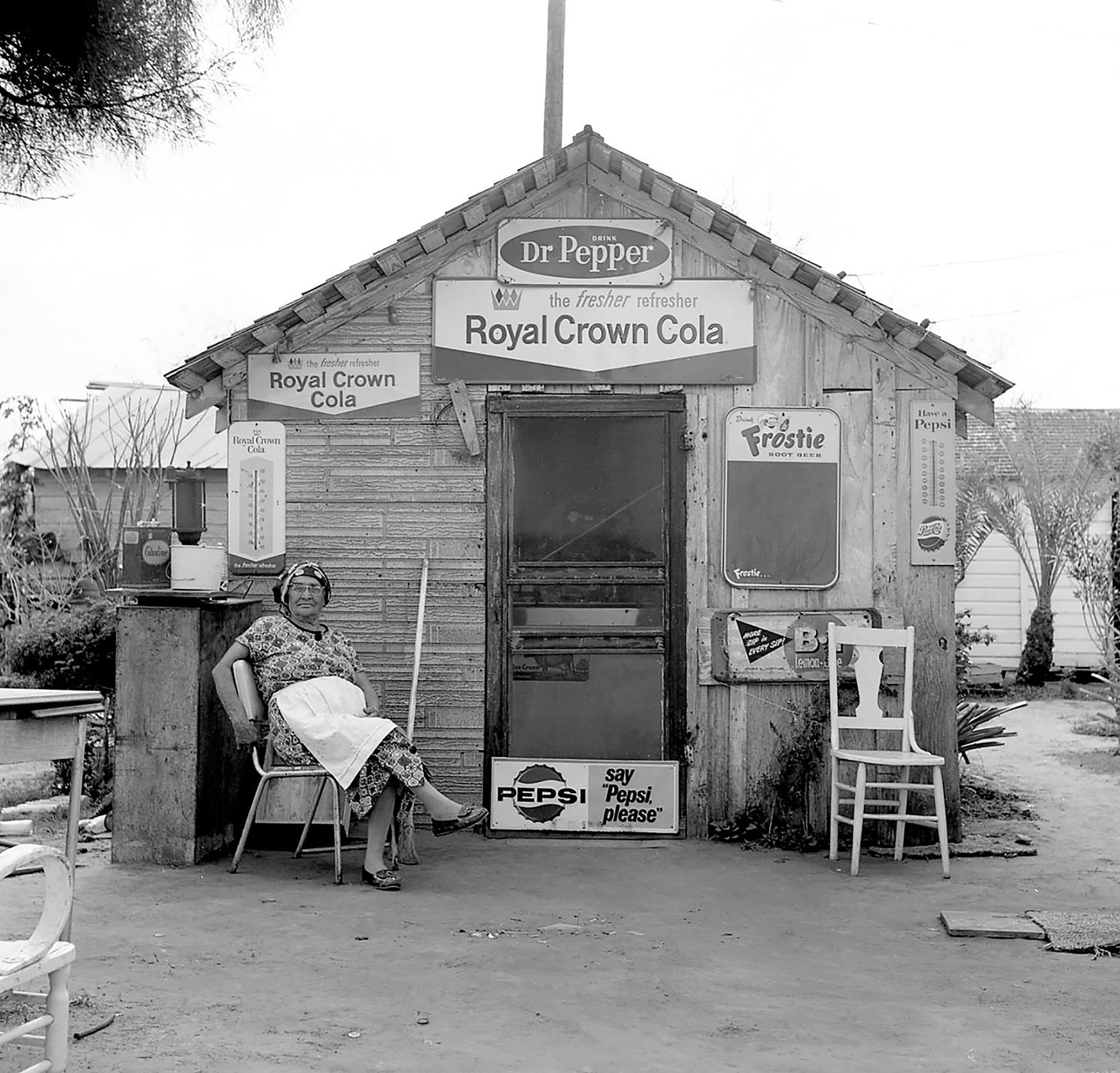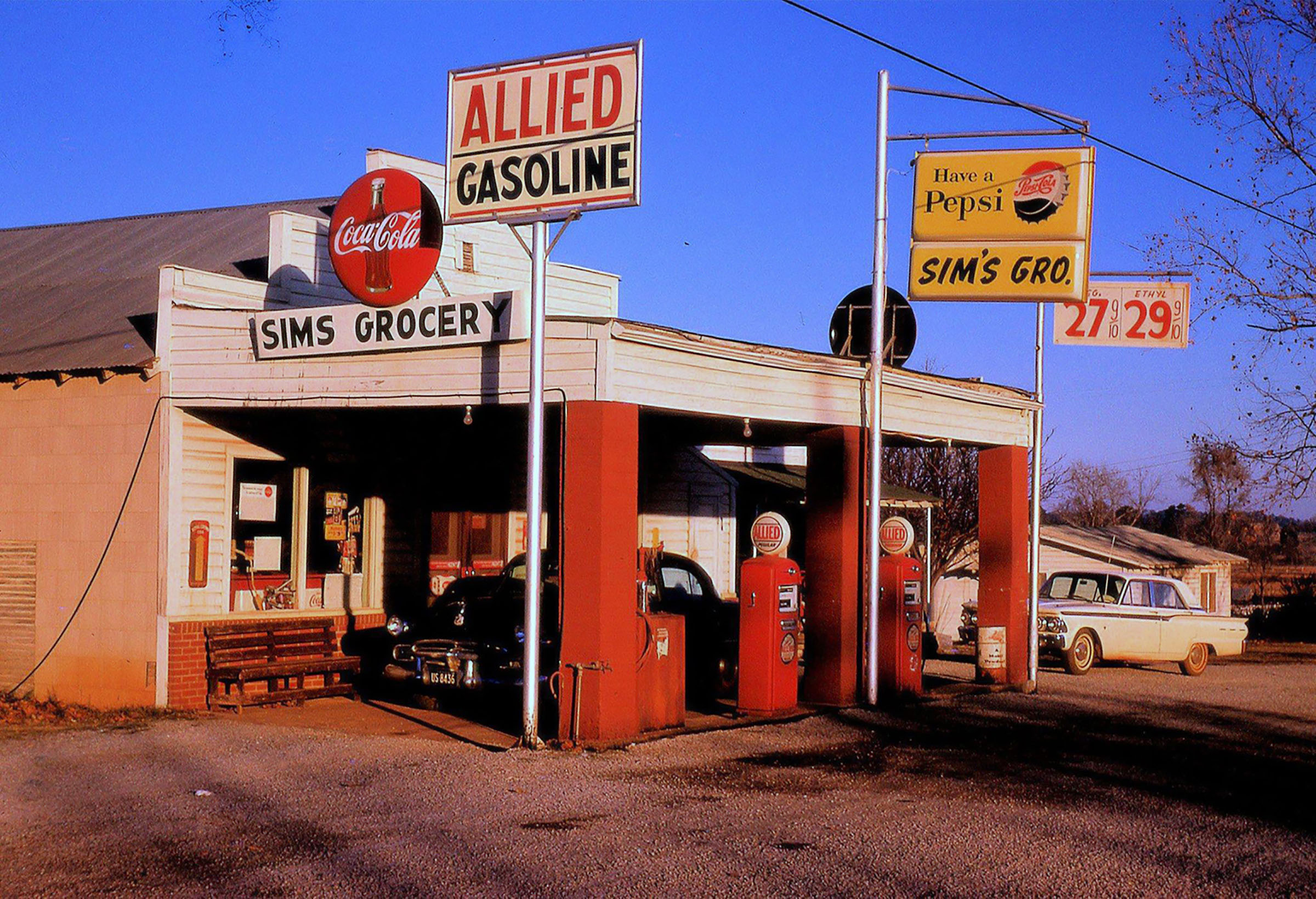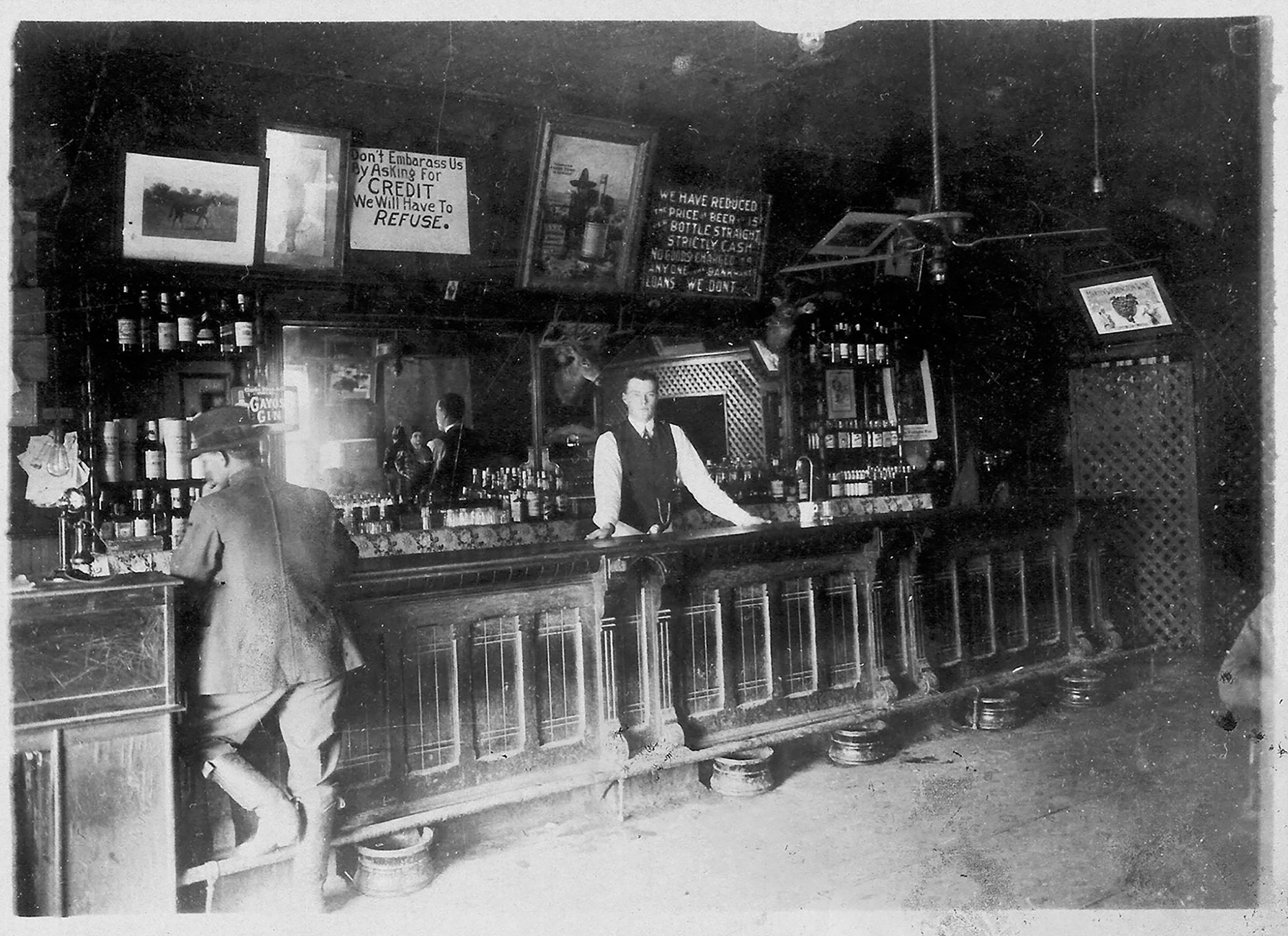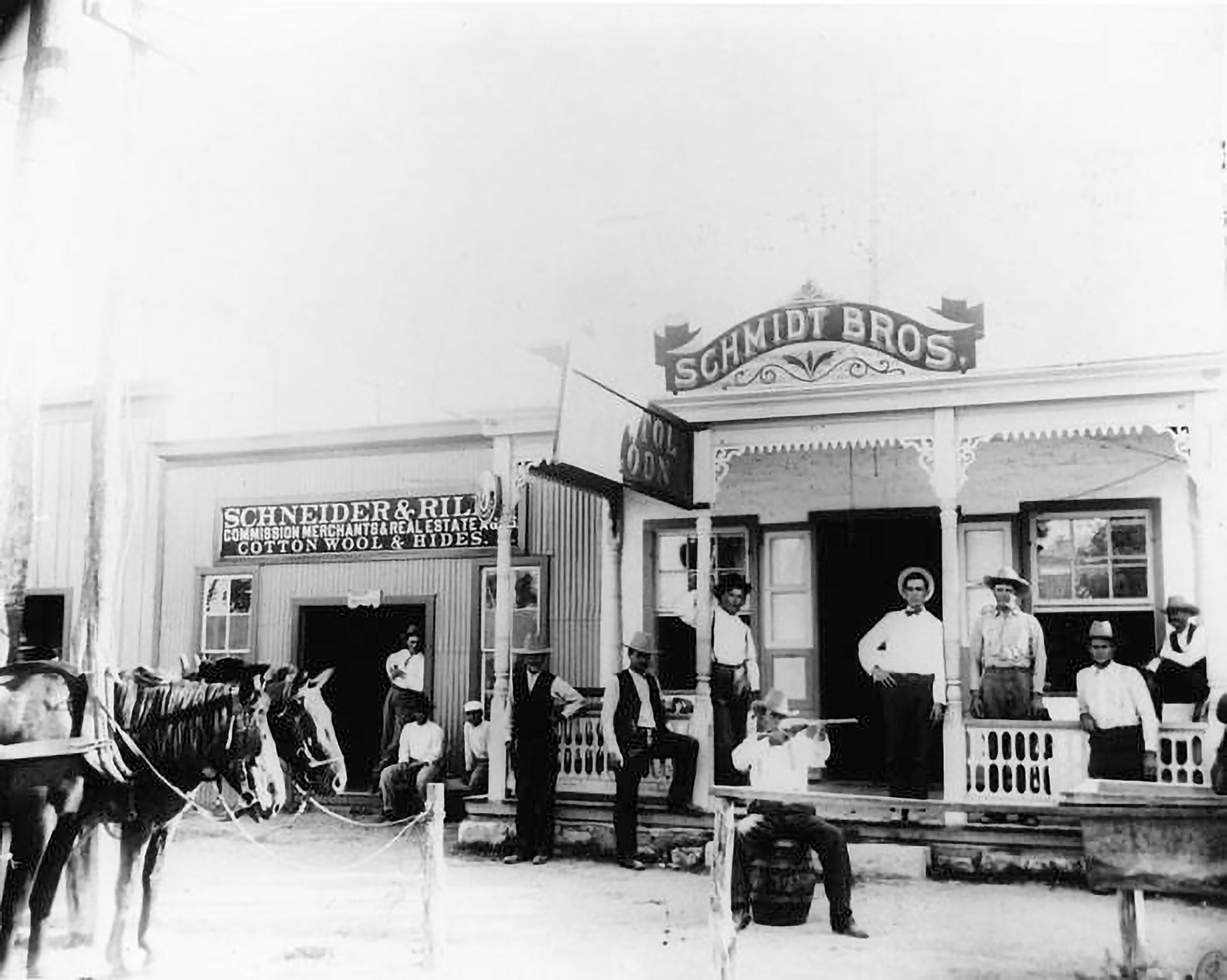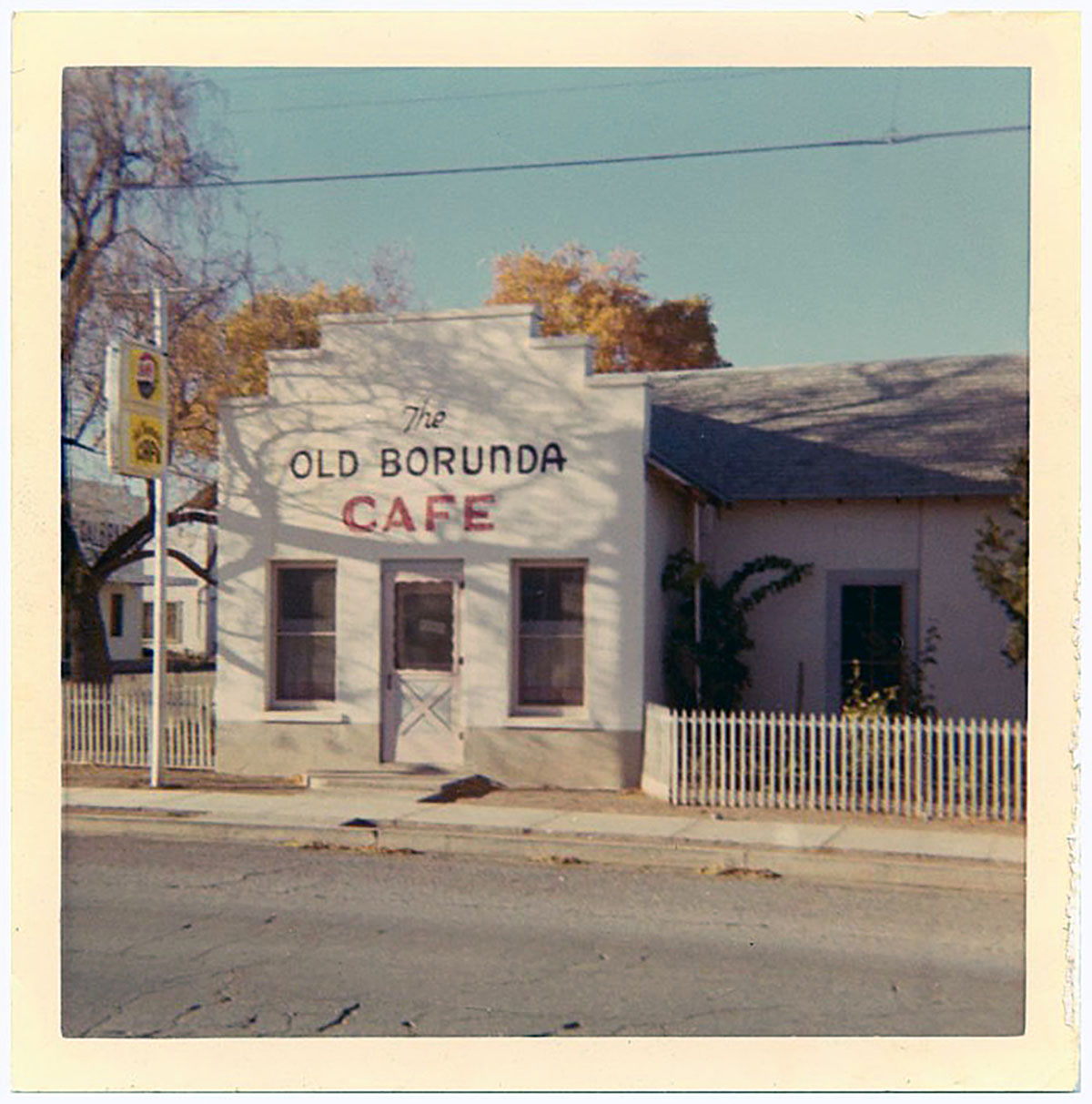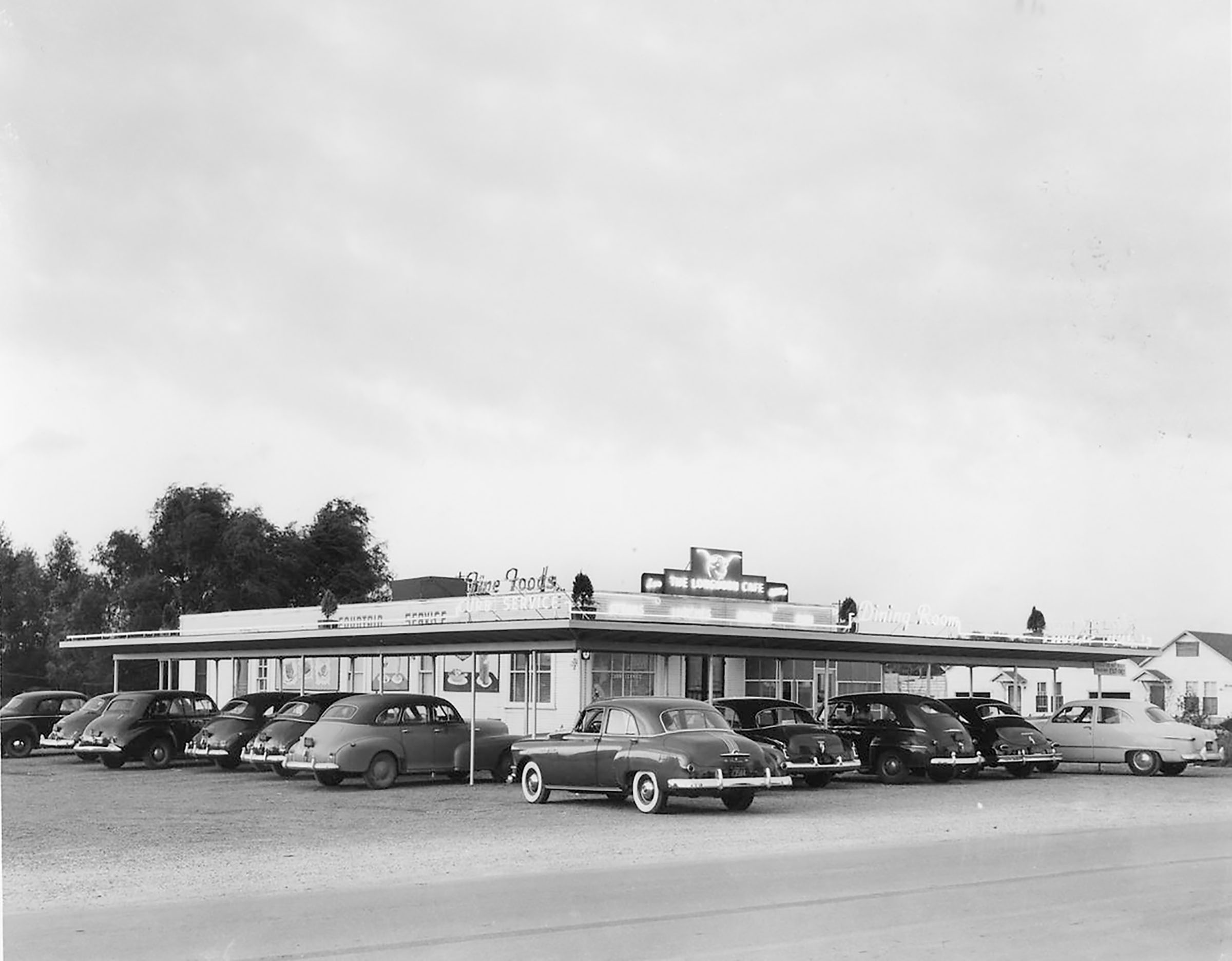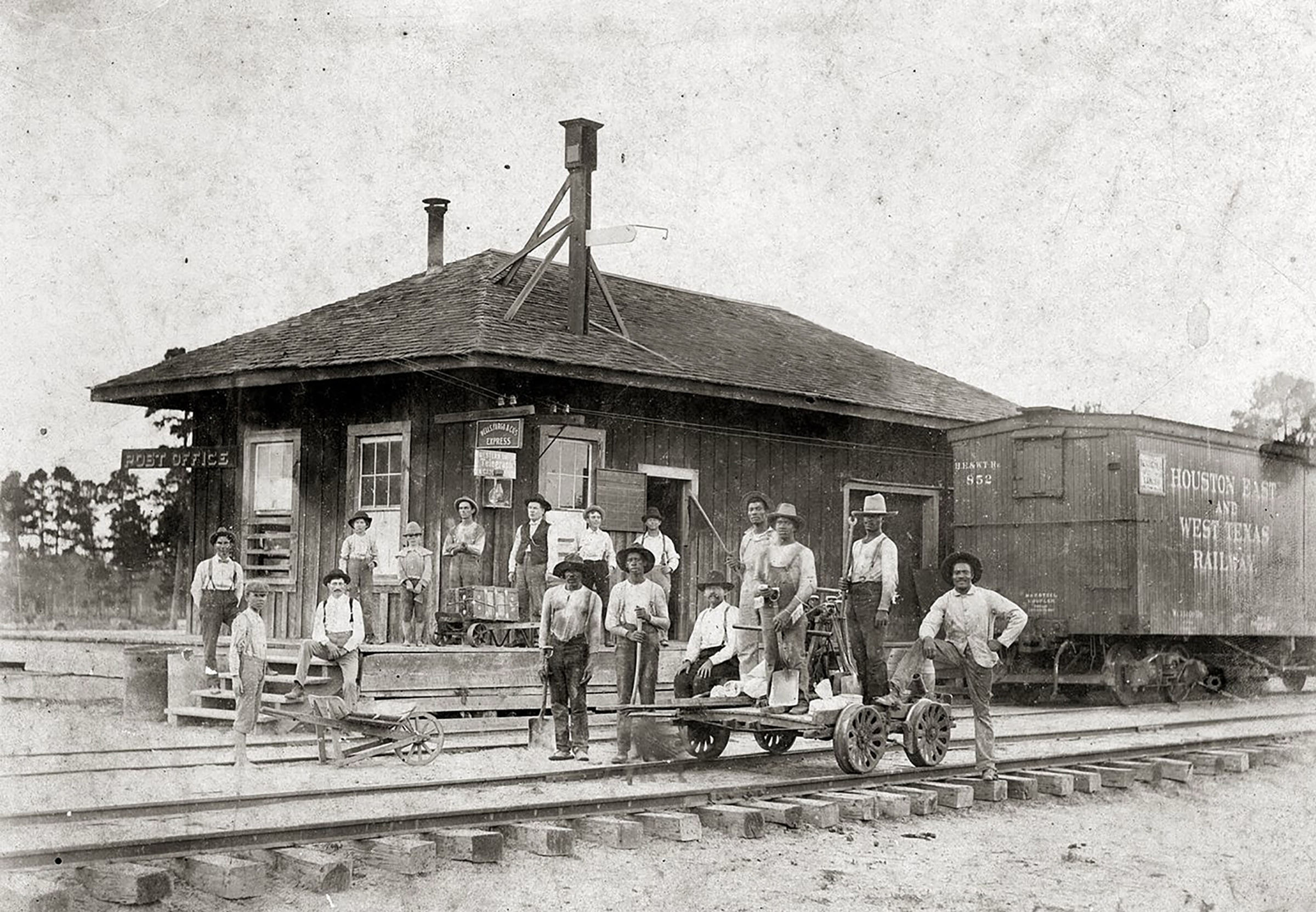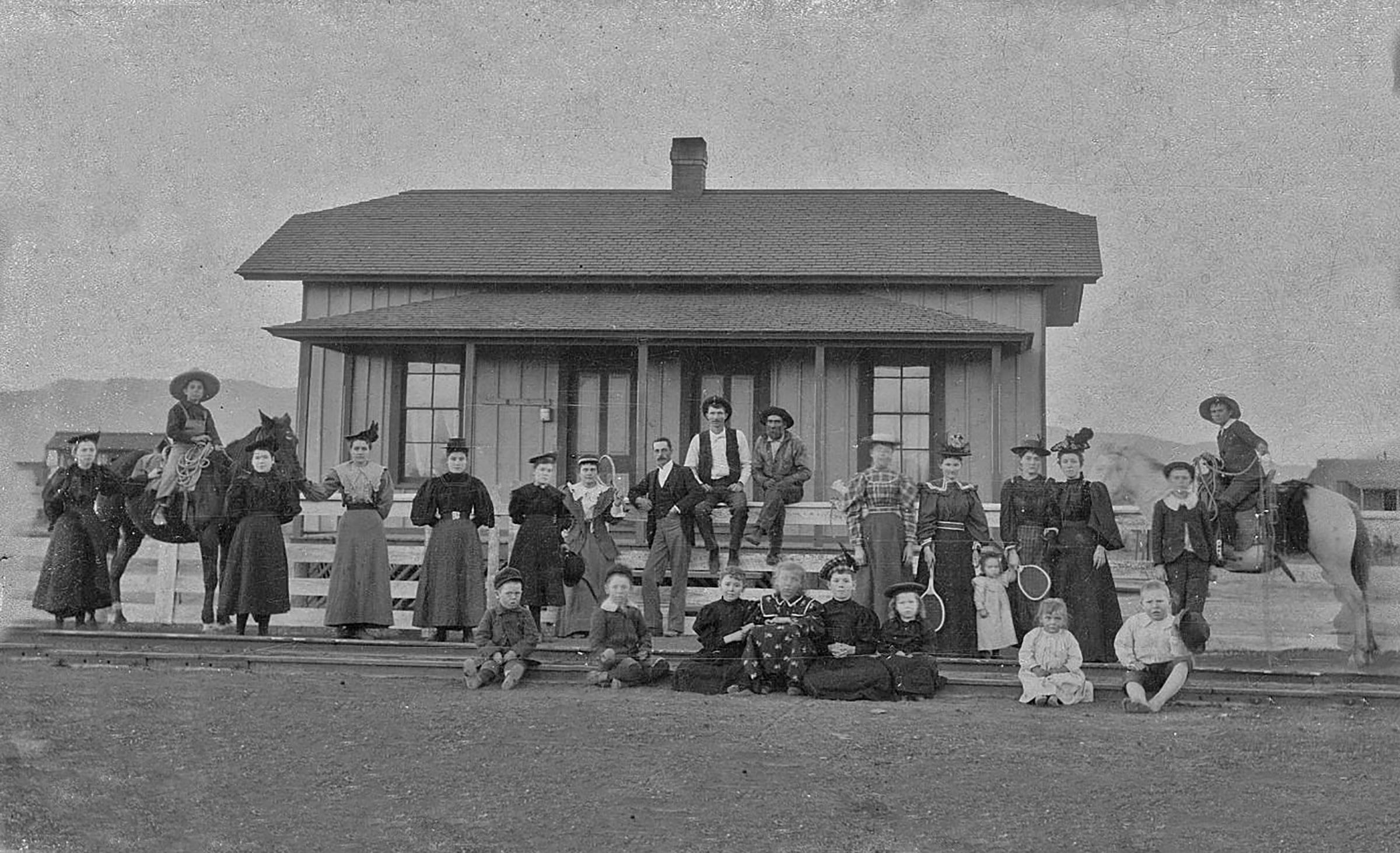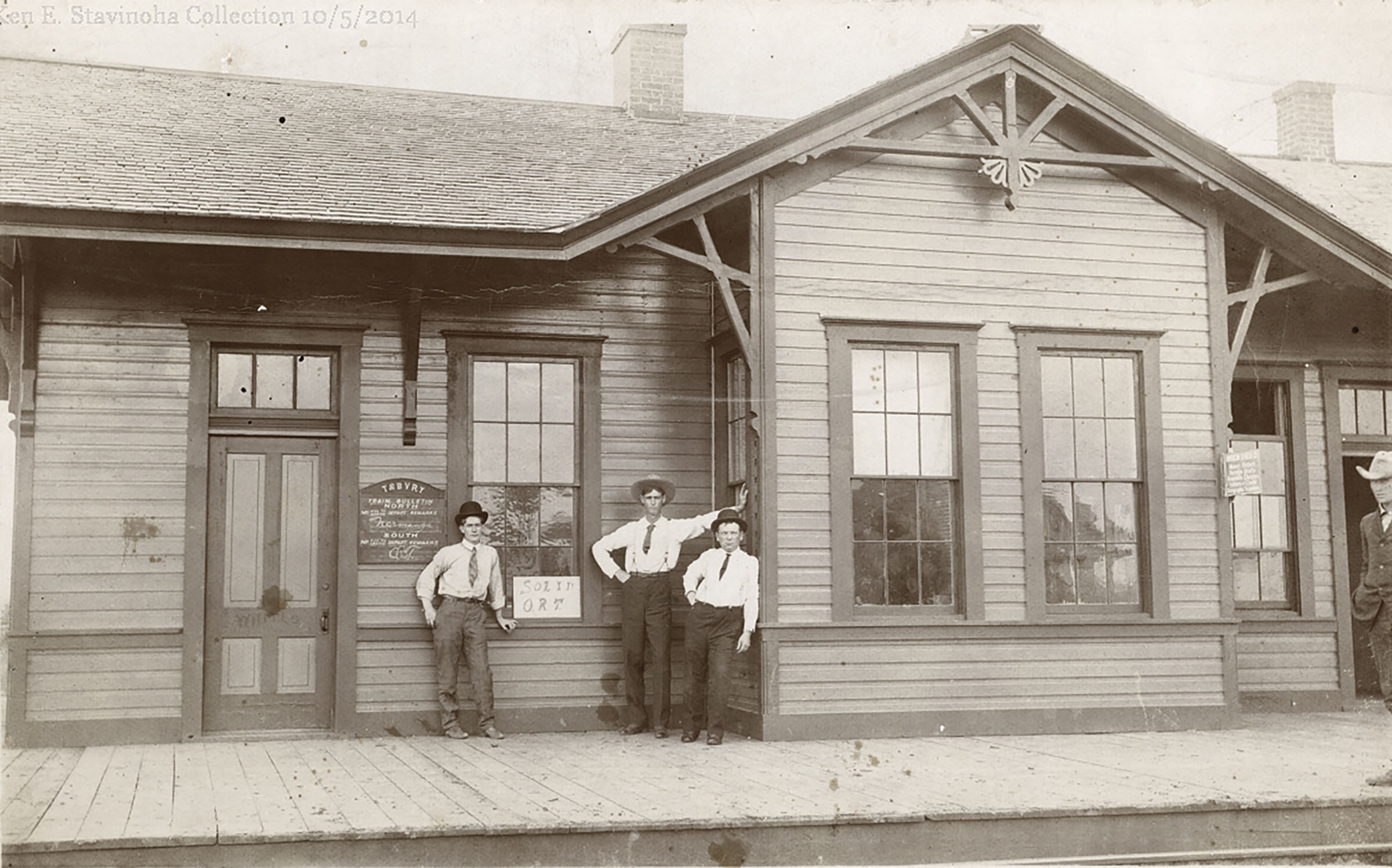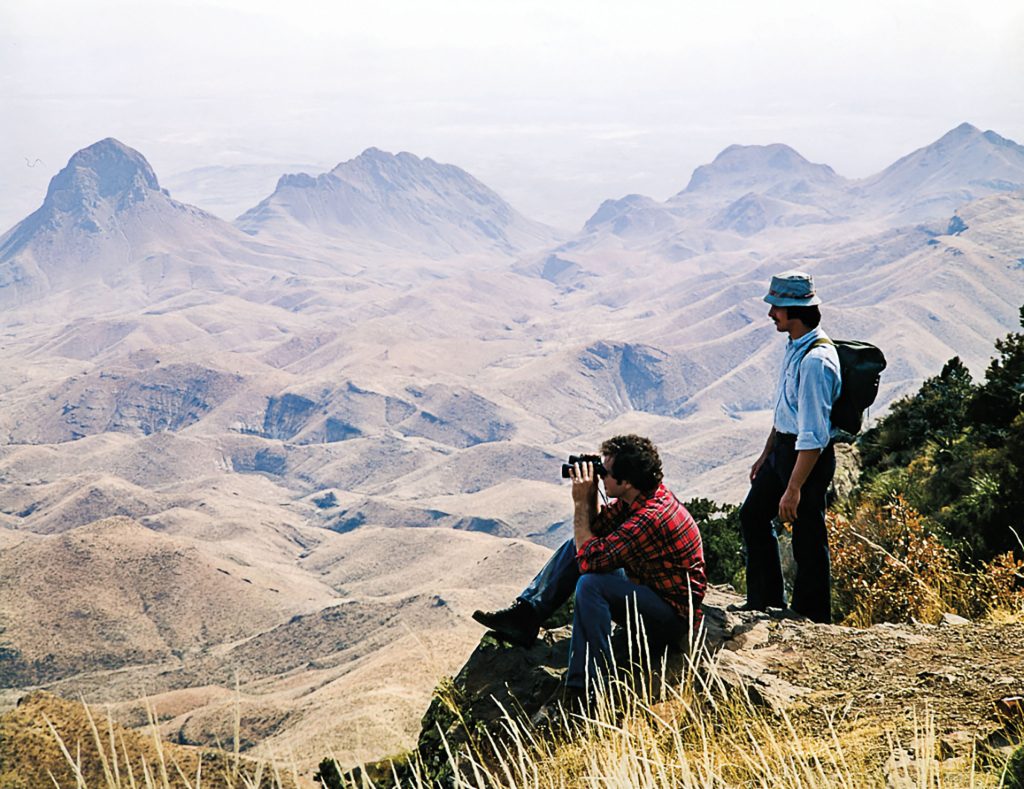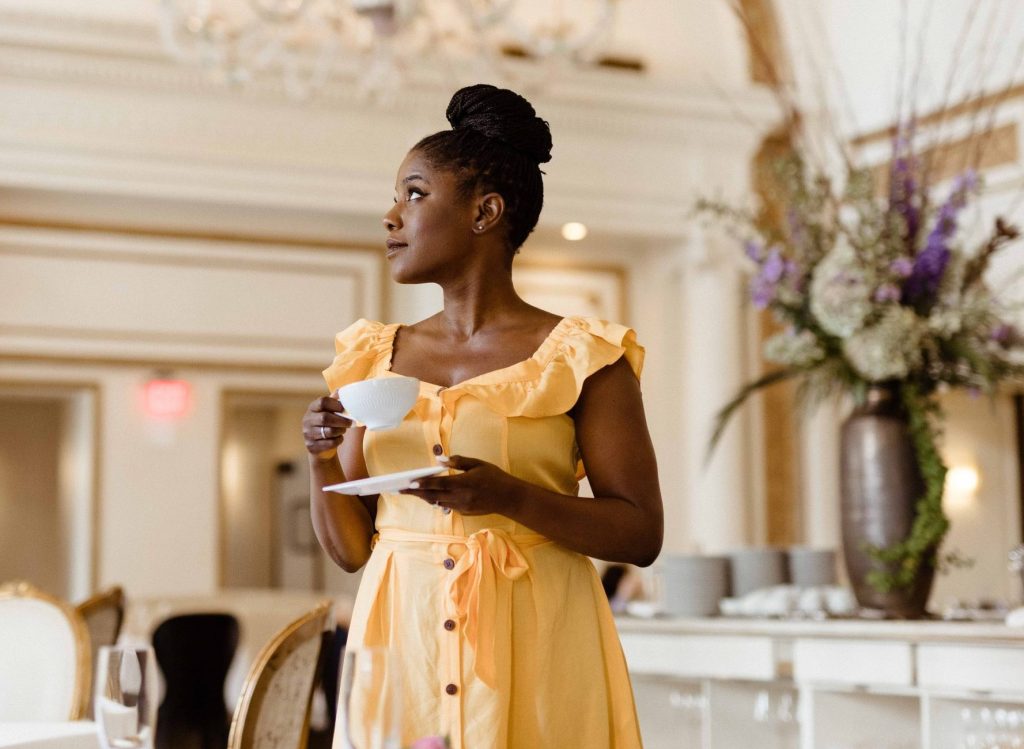A Look at Small-Town Texas
Photo: Sheriff Gates Wright in Leakey, 1973.
It feels like I have seen this same man a million times in a thousand Texas towns. Same glasses, same pipe, same pen and glasses case in the front pocket.
Photo by Marc St. Gil for the Documerica Project
It was fortuitous, I thought, when the folks at Texas Highways asked me to gather some historical photos and put together this collection of small Texas towns. After all, if a man from the town of Little River-Academy can’t address the myriad glories and minor frustrations of growing up in a small Texas community, who can? In all honesty, I thought I would knock this out in a few hours.
But then I began looking through the huge archive of photos I've collected over the years and soon realized the error in my thinking. For one thing, I must have on the order of 15-20,000 historical photos, split roughly 50-50 between photos from publicly available archives and those sent in by readers of Traces of Texas. For another, the stories behind some of the photos are so compelling that to give them an earnest retelling would take considerable time and effort.
While the history of each Texas town is unique, gathering the images quickly made clear that there are common elements and themes that bind together each of these small communities—and generations of Texans. The names of the churches and cafés and high school mascots might be different, and Main Street in one town may be Highway 95 in another, but the underlying motifs are universal. The fiery passion that animated my Little River-Academy Bumblebees to want to beat the ever-lovin' tar out of our rival Rogers Eagles is the same passion that makes Pilot Point want to beat Celina. And these passions—all of them—are threads in the grand tapestry of Texas. I didn't know it at the time, but I was blessed to grow up where I did and wouldn’t change it for anything.
Having said all of this, let me just add on a personal note: Sting 'em, Bees! Beat the stuffing out of Rogers!
Jump to: Main Street | Sports | Theaters | Courthouses | Cafés, saloons, and shops | Train stations and depots
Main Street
Every small Texas town has a main thoroughfare. It might be called Main Street or Pecan Street or Highway 95, but it's where the action takes place. You stop and get a cold Coke or Dr Pepper and your friends are there and the next thing you know, you're shooting .22 rifles on the river under the bridge or helping Mr. Wilson round up the cattle that escaped when somebody—you know who but aren't saying—took out 57 feet of his barbed wire fence with their pickup after the sock hop and drove away without telling him.
One of the great things about “going to town” is running into friends. These men are talking over a mailbox in Crystal City while surrounded by children and a fantastic lineup of automobiles. Russell Lee took some of the most evocative photos of folks in small Texas towns when he toured the Lone Star State from 1939-1940.
Russell Lee / Farm Security Administration
Indianola, Texas, 1873. Indianola is now a ghost town located on Matagorda Bay, but it was once the county seat of Calhoun County. In 1875, the city had a population of 5,000, but on September 15 of that year, a powerful hurricane struck, killing between 150 and 300 people and almost entirely destroying the town. Indianola was rebuilt, only to be wiped out on August 19, 1886, by another intense hurricane, which was followed by a fire. The town never recovered. Today, visitors to the place where Indianola stood feel a powerful sense that something is missing, of loss, of sorrow. The cemetery is particularly lonely and compelling.
Nick Mersfelder smokes a pipe and pets his dog at his house in Fort Davis, 1896. Mersfelder was born in Bavaria, immigrated to the United States as a young man, and eventually ended up in Fort Davis. He was the post's musician, barber, photographer, and justice of the peace. This is a remarkable glimpse into his life and the things he valued.
I was in Fort Davis a couple of years ago and went to the local history museum. I was standing there when I realized I was in Mersfelder's house and took this photo. As you can see, very little has changed from when the first photo was taken 125 years ago.
Traces of Texas
Men, horse, and wagon in front of the K.H. McCaskill Blacksmith shop in Smithville, circa 1910.
I wonder if the horse knows the way?
Downtown Brady, undated. The McCulloch county courthouse is visible in the background.
Courtesy the collection of Jodi Zybul.
Traces of Texas reader Carolyn Staacke sent in this remarkable 1935 photo showing the Star Bakery in Nacogdoches. The bakery was bought by Ideal Bread. Carolyn's great-grandfather, Joe Mack Still, worked for the company for over 40 years.
A class of bakers at the noteworthy Collin Street Bakery in Corsicana, 1913, the same year the bakery started its mail-order fruitcake business. The bakery, of course, is still going strong and has 160+ employees.
Courtesy Traces of Texas reader William McNutt
Youngsters look at huge watermelons grown by Effie Broach of Tabor. The melons are Tom Watsons, an antique variety that you don't see much anymore.
Courtesy Bryan Carnegie Library Archives
Sam Houston Blvd. in downtown San Benito circa 1915. This photo was sent in by Adam Romero, who says that the mayor of San Benito handed these out to business owners about 10 years ago. It's a wonderful image in so many ways. The period dress of the lady with her children, the cars (which must have been a fairly new phenomena in San Benito in 1915) and the signs on the buildings are all super. Here's a current view of the scene.
Main Street Cleburne, 1905
A view of Main Street in Cisco, Texas circa 1920. Like so many Texas towns, Cisco was birthed by railroads. The town traces its history back to 1878 or 1879, when Rev. C. G. Stevens arrived in the area, established a post office and a church, and called the frontier settlement Red Gap. By 1882, the Texas & Pacific Railway from Ft. Worth to El Paso entered the area, as did the Texas Central Railway building northwest from Waco to Albany. Red Gap citizens moved to the railroads' crossing and and named the town in honor of John Cisco, a New York investor in the Houston & Texas Central (H&TC) Railway.
Courtesy Degolyer Library, Southern Methodist University
Main Street in Boerne circa 1903. 118 years later, the building on the right and the Adler-Bergmann building on the left still stand and are almost unchanged, as can be seen in this Google Street view.
A team of oxen being driven through downtown Hico, circa 1890.
Hico's original location was on Honey Creek but when the Texas Central line (part of the historic Katy Railroad) was built nearby, the citizens moved 2.5 miles to the rail line. Hico was incorporated in 1883 and later emerged as an important cotton-producing town.
Downtown Rockdale, 1948
Back in 1874, Rockdale was given its name by Mrs. B. F. Ackerman for a nearby rock, which was twelve feet high and had a circumference of twenty feet. Railroad officials at the Great Northern Railroad Company accorded Mrs. Ackerman the privilege of naming the town because her husband had donated part of the land on which the town was located.
According to legend, Mrs. Ackerman had seen the rock on the prairie a short distance north of town. Noticing also that the new settlement was situated in a rather low place with hills all around, she hit upon the name "Rockdale." That name was acceptable to the railroad officials. It wasn't until 4 years later, in 1878, that the town incorporated.
Courtesy Austin History Center, Austin Public Library
Main Street in Hereford, circa 1965.
Photo by Bill Bradly, courtesy Deaf Smith County Library / Portal to Texas History
Sports
Almost every small town in the Lone Star State has a high school and lives and dies with the success of its team in whatever season it happens to be. The impact of a great team on a community's morale can be monumental: People are smiling, business picks up, and all is right in the universe.
The Weatherford College football team in an undated photo. Weatherford College was established in 1869 and is still going strong 152 years later.
Courtesy Weatherford College via the Portal to Texas History
Traces of Texas reader Greg Conn sent this wonderful photo of the 1917 Hereford girls high school basketball team. Can y'all imagine playing basketball in such attire?
Courtesy Oldham County Historical Commission
The Shiner baseball team from Shiner, circa 1900. Look how these young men are dressed! I think the one holding the baseball must be the pitcher and front row, far right is the first baseman. And that catcher's mitt is too much! And what's with the team manager/coach holding the cash? And why are they (almost) smiling?
Courtesy Abilene Library Consortium / Portal to Texas History
Traces of Texas reader Esther Siller sent in this photo of her mom, Esther Longoria (on the left) with her cousin, Lucila Longoria (their maiden names), in the stands at a Mission High School football game in Mission in the mid-1930s.
Texans don't let a minor detail like a lack of players keep them from enjoying Friday night lights. This photo shows Straw vs. Gordon in a six-man football game in 1996. If you've never seen a six-man game in real life, I highly recommend that you go. They are very entertaining.
Photo taken and shared by Traces of Texas reader Dwight Yogurt
Future Dallas Cowboys coach Tom Landry and his high school football team in Mission in 1939. When you see him in this photo you can really see the resemblance to how he looked later in life. Over the next six years, Tom would earn his wings and a commission as a Second Lieutenant; be assigned to the 493rd Bombardment Group at RAF Debach, England, as a B-17 Flying Fortress bomber copilot in the 860th Bombardment Squadron; and, from November 1944 to April 1945, complete a combat tour of 30 missions, surviving a crash landing in Belgium after his bomber ran out of fuel.
Photo courtesy Traces of Texas reader Jason Dominguez
Theaters
Not every Texas town has been blessed with a theater and, regrettably, most of the smaller ones have withered on the vine, victims of the ease of multiplexes in larger nearby towns. Fortunately, old theaters are good general-purpose structures and community centers, so many small towns have repurposed their old theaters.
I took this photo of the Gem Theater in Turkey in 2009. This small theater opened in 1928 and showed its first ‘talkie’ in 1931. Bob Wills, who spent a good portion of his early life in and around Turkey, frequently played on its stage. Though it is no longer active every day, it holds occasional musical performances and is used as a community center.
The Crim Theater, originally the Texan Theater, in Kilgore, 1982. The theater was built in 1931. By 1941 it was operated by Paramount Pictures Inc. through a subsidiary owned by Julius Gordon. Gordon remodeled it, only to see it destroyed by fire a few months later. It was rebuilt and reopened in 1944. Meanwhile, another theater in Kilgore had been built in 1938, the Crim Theatre. The Crim was closed in 1966 and the name was transferred to what had been the Texan Theatre, which is the building you see here. Sadly, the Crim, formerly the Texan, closed in 1973.
Photo by John Margolies, courtesy Library of Congress
The Sunset Drive-In Theater on W. 9th Street in Amarillo.
Courtesy Library of Congress
The Rocket Drive-In, Sweetwater, 1979. Located at 2900 E. Broadway in Sweetwater, the Rocket opened on August 29, 1950, with Robert Preston in The Sundowners. It originally had the sign that you see here. Sometime in the 1980s it got a new metal screen and the ROCKET sign was removed. It closed shortly after that and a church used the snack bar and projection booth. The theater and its buildings are still, as of about two years ago, in great condition.
Photo by John Margolies, courtesy Library of Congress
Children outside the theater in Alpine
Photo by Russell Lee
Traces of Texas reader Peggy Ford sent in this photo of herself entering the Vernon Theater to go see Three Daring Daughters on Easter Sunday, 1948.
Courthouses
If a small Texas town is particularly favored, it is a county seat. County seats fare better during lean times than their neighbors because there is always county business to be done.
Men talking in front of the San Augustine County courthouse in San Augustine, 1943.
Photo by John Vachon, Farm Service Administration
Folks show off their cars at the McCulloch County courthouse in Brady, 1910. Note that all of the cars are REOs except the one on the far right, which is a 1910 Buick Model 10 Runabout.
The three-story sandstone courthouse is in the Richardson Romanesque style and bears some semblance to the style of noted architect James Riely Gordon. While the clock tower has areas designed for a clock on each of the four sides, no clock is installed. The courthouse underwent a renovation in 2009, part of which gave the structure a red roof. In both 1936 and 1938, Brady Creek (the San Saba River) overflowed its banks and caused flooding in and around the courthouse.
Courtesy Degolyer Library, Southern Methodist University
The Presidio County courthouse in Marfa, shortly after it was constructed in 1886. It was built in Second Empire style with Italianate details and is the design of Alfred Giles. The interior and the overall exterior form and detailing remain remarkably intact. The building's most significant alterations occurred in 1915 and 1925 with the plaster coating of the exterior porous brick.
Courtesy Marfa Public Library / Portal to Texas History
The Parker County Courthouse in Weatherford was designed by architect W. C. Dodson. The style and design is similar to his other Texas courthouses in Hill, Hood, and Lampasas counties. The exterior of the Parker County Courthouse was restored in the early 1990s. In 2002, the original interior configuration and finishes began undergoing restoration. The district courtroom, one of the largest in the state, was restored to its original size. After a lot of painstaking work, the courthouse was rededicated in spring 2004.
Photo by Russell Lee
The Harrison County courthouse in Marshall, 1946. It was designed by James Riely Gordon, who designed 18 county courthouses in Texas. The building has gone through several restorations. There is a gift store on the bottom floor, and the second and third floor house the original courtroom with its balcony and offices for judges and commissioners. It is especially radiant during the Christmas season, when the structure is illuminated by several thousand lights.
Photo by Robert Yarnall Richie, courtesy Degolyer Library, Southern Methodist University
The Fort Bend County Courthouse in 1948. The building, a great example of the “Texas Renaissance” style, was designed by C.H. Page in a neo-classic motif that was in favor in the early decades of the 20th century. Opened in 1908, it is the fifth courthouse in Fort Bend County and is nearly identical to the Hays County Courthouse in San Marcos, which was built the year before and also designed by C.H. Page. The primary difference between the two buildings is that this courthouse has clocks at the top of the rotunda while the Hays County Courthouse does not.
Photo by Robert Yarnall Richie, courtesy Degolyer Library, Southern Methodist University
Cafés, saloons, and shops
I could write a book about the people I've met and the tales I've been told in the cafés, restaurants, and watering holes in every corner of the Lone Star State. From the before-sunrise gathering of old men in the "spit and whittle club" at Bird's Café in Percilla to the late-night group of barroom sophists at the Devil's Backbone Tavern near Wimberley, Texans are a convivial bunch. We gather, let our hair down, gossip, solve the world's problems, and tell stories we've told a thousand times, some of which may, in fact, be true.
Ray's Café in Howe in 1955. This is an idealized dream of an image, almost a Hollywood take on what small-town Texas life looked like. The saddle shoes, the letterman jackets, the bobby sox, the checkerboard floor, and the vintage Coca-Cola sign are period perfect. I wonder if anybody was "going steady." This was taken by Ernest Miller, a photographer from Sherman, for the 1955 Howe yearbook.
Courtesy Howe Enterprise Newspaper
Farmers eating fruit in front of a grocery store in San Augustine, 1939.
Photo by Russell Lee
Traces of Texas reader Elecia Weaver forwarded this undated photo of buggies for sale at the Weakley-Watson hardware-and-everything-else store in Brownwood. The store still survives, which says something to me about the way they've been treating folks over the years. It has grown from handling wagons, wood stoves, sheet iron, and copper ware to selling hardware, tools, home necessities, yard and garden tools, and paint.
One of my all-time favorite photos is this 1964 shot of a woman outside a small neighborhood store in Weslaco. Everything about it, from her look to the signage to the broom standing against the wall is simply perfect. Weslaco is a sizeable city of approximately 40,000 now, but back then the population was a little more than 15,000.
Courtesy Traces of Texas reader John Avant
Sim's Grocery in Latexo, 1963. It was owned by Sherman and Hillie Sims and originally belonged to Hillie's father, Sam Shaver. They were known for their homemade peanut brittle. The saturated colors here are fantastic. It almost has a technicolor look and feel.
Courtesy Traces of Texas reader Tom Streetman
Traces of Texas reader Belinda Fleming sent in this circa 1900 photo of the Legal Tender Bar in Menard. Check out the text on the signs: One says "Don't embarrass us by asking for credit. We will have to refuse." Folks wanting to have a beer on credit must have been an issue because another sign alludes that the price of beer has been reduced so don't ask for a loan.
German folks and beer are pretty much synonymous, so it's no surprise that the Schmidt Brothers opened up this saloon in Fredericksburg.
Courtesy UTSA Special Collections
This is perhaps the first Tex-Mex restaurant in history, the Old Borunda Cafe in Marfa. This photo is undated, but the Old Borunda Cafe was opened on July 4, 1887, by Tulia Berunda Guitierrez, who also created the Dinner #1, a basic enchilada/tamale/taco plate with rice and beans.
This building still stands on Highway 90 in Marfa and can be seen on Google Street View.
Courtesy Marfa Public Library / Portal to Texas History
A wonderful group of cars outside the Longhorn Café in Port Arthur, circa 1952. The café was located at 3825 16th St. and was owned by Leo and Willie Herbert.
Courtesy Port Arthur Library / Portal to Texas History
Train stations and depots
The history of Texas small towns is often a history of trains. Many of our villages began as train stops and are named for railroad officials or as places for trains to take on water or passengers. Communities have lived and died by the decisions of railroads to put their tracks through them or through a neighboring community. Sometimes, like in the case of D'Hanis, citizens just up and move the whole town a considerable distance in order to be where the train goes through.
Men in front of the Houston East & West Texas Railway depot in Burke, circa 1900. Burke is a small town about 8 miles south of Lufkin in Angelina County. It was founded in 1881.
Courtesy Carla Hansen, who grew up in Burke
The Texas and Pacific Railway built this depot in Van Horn in the early 1880s.
An impossibly sharp image of the Trinity and Brazos Valley train depot in Normangee, circa 1910. As you can read from the sign, they are sold out. The three men in a group look like they might be employees. I love the look of the young man on the far right. He's obviously going somewhere and just waiting on the train.
Courtesy Traces of Texas reader Ken Stavinoha
